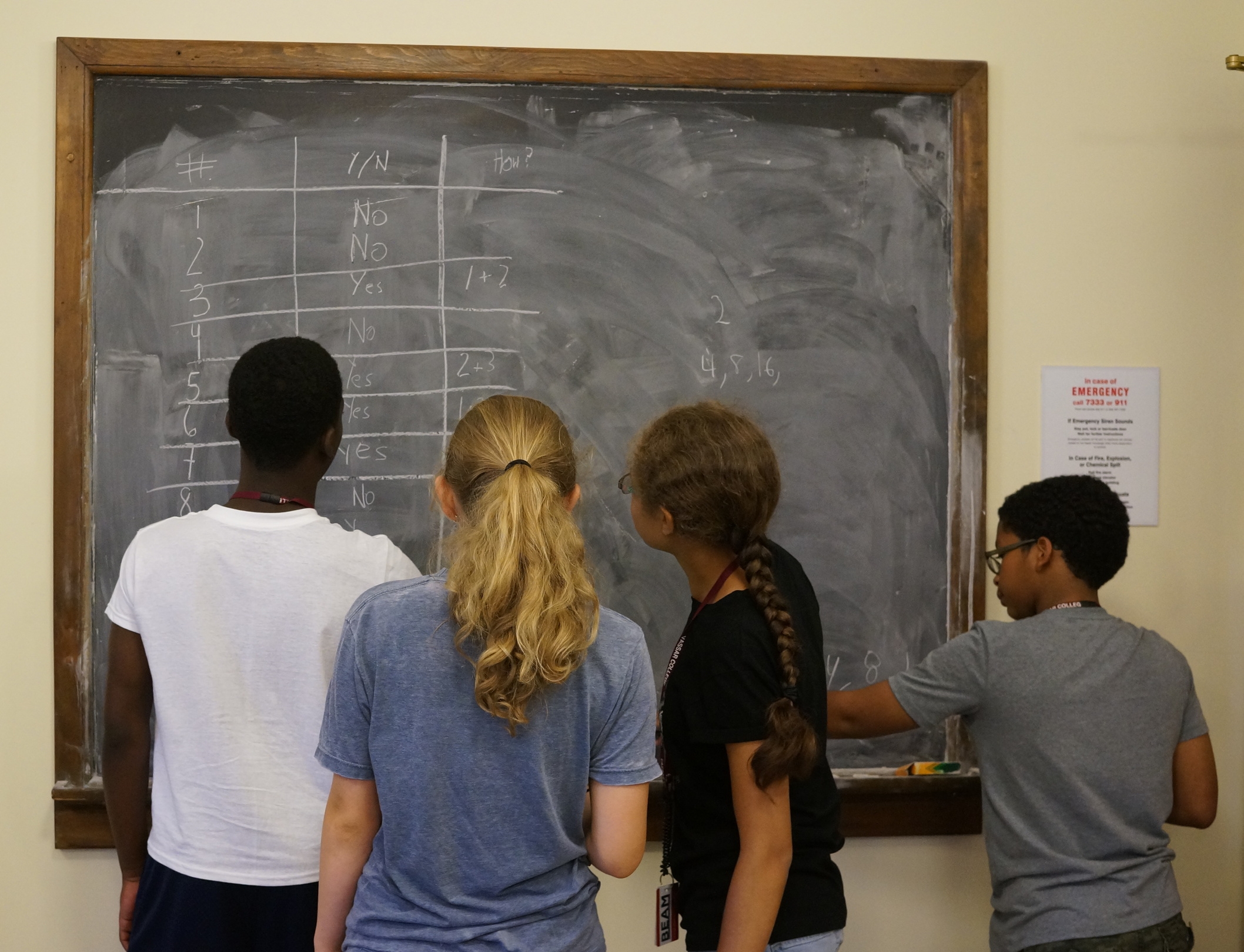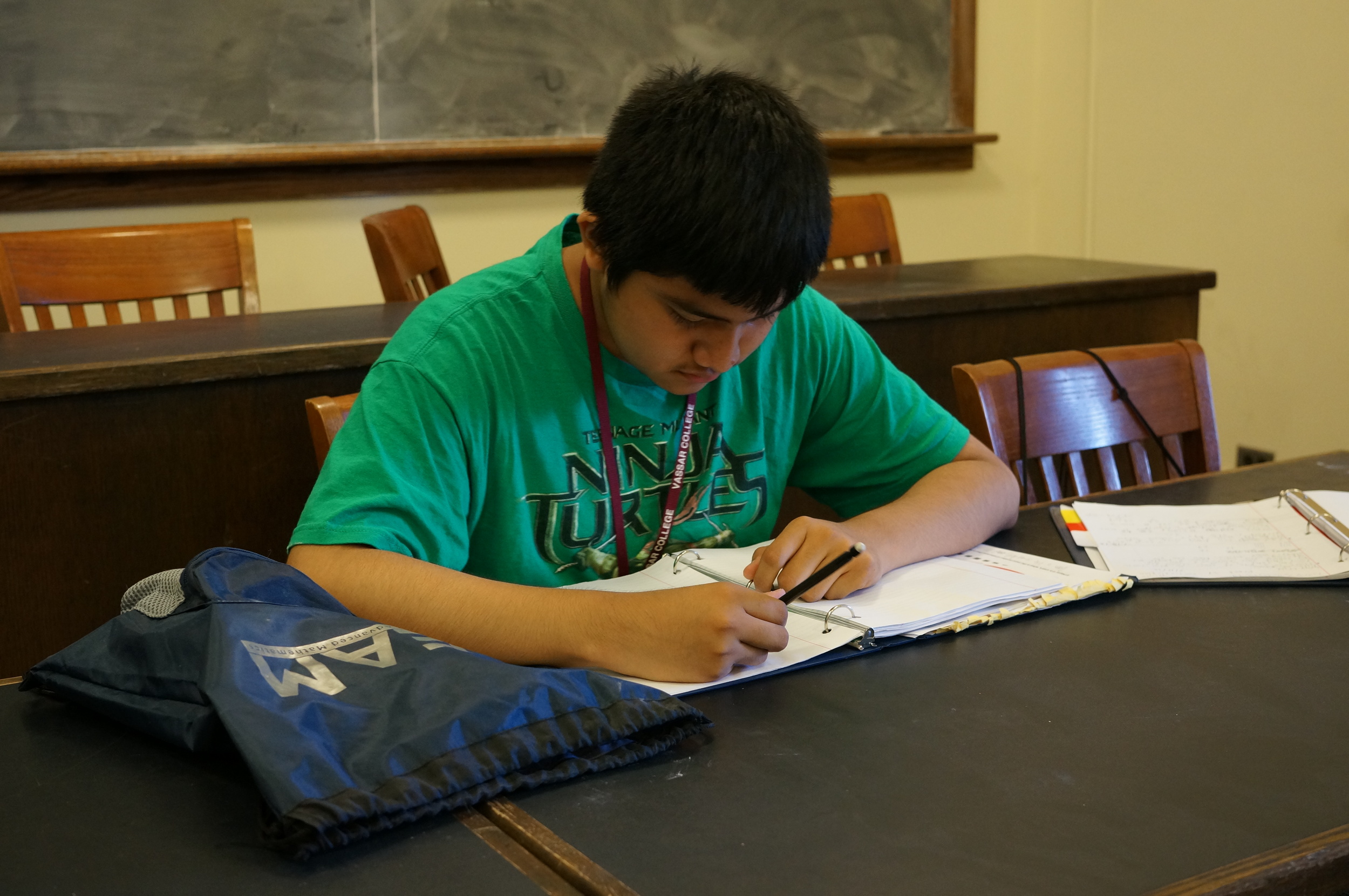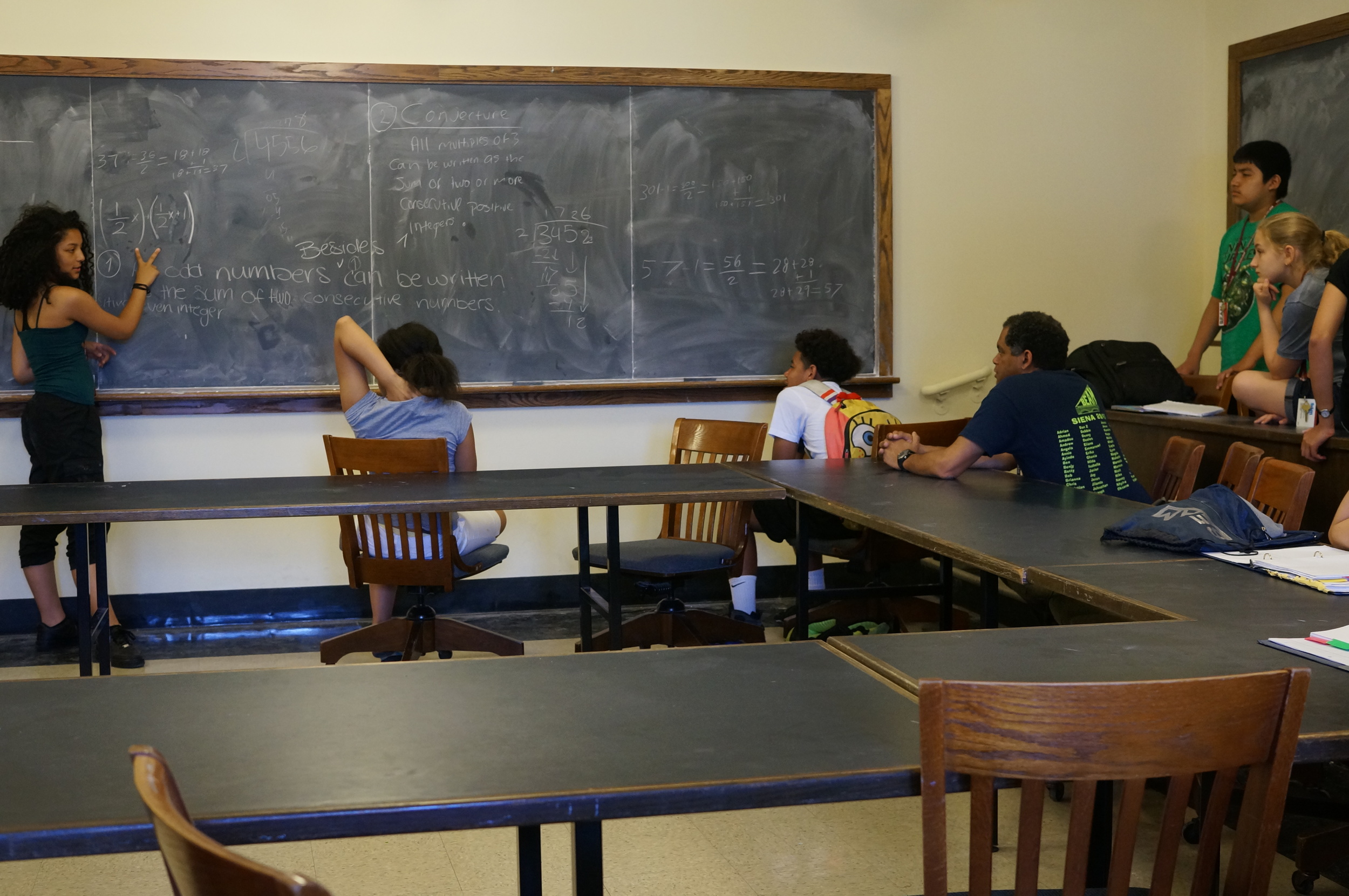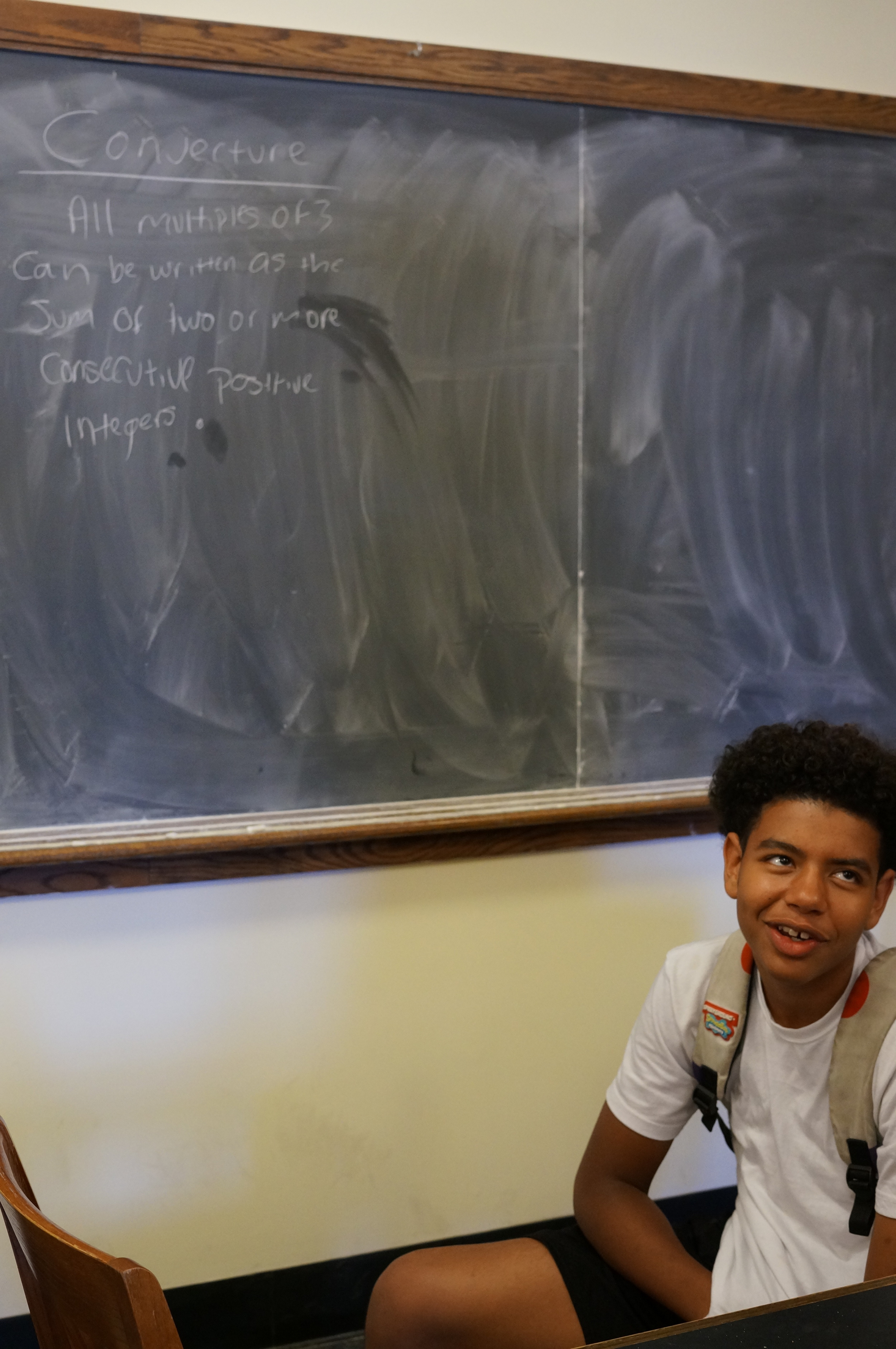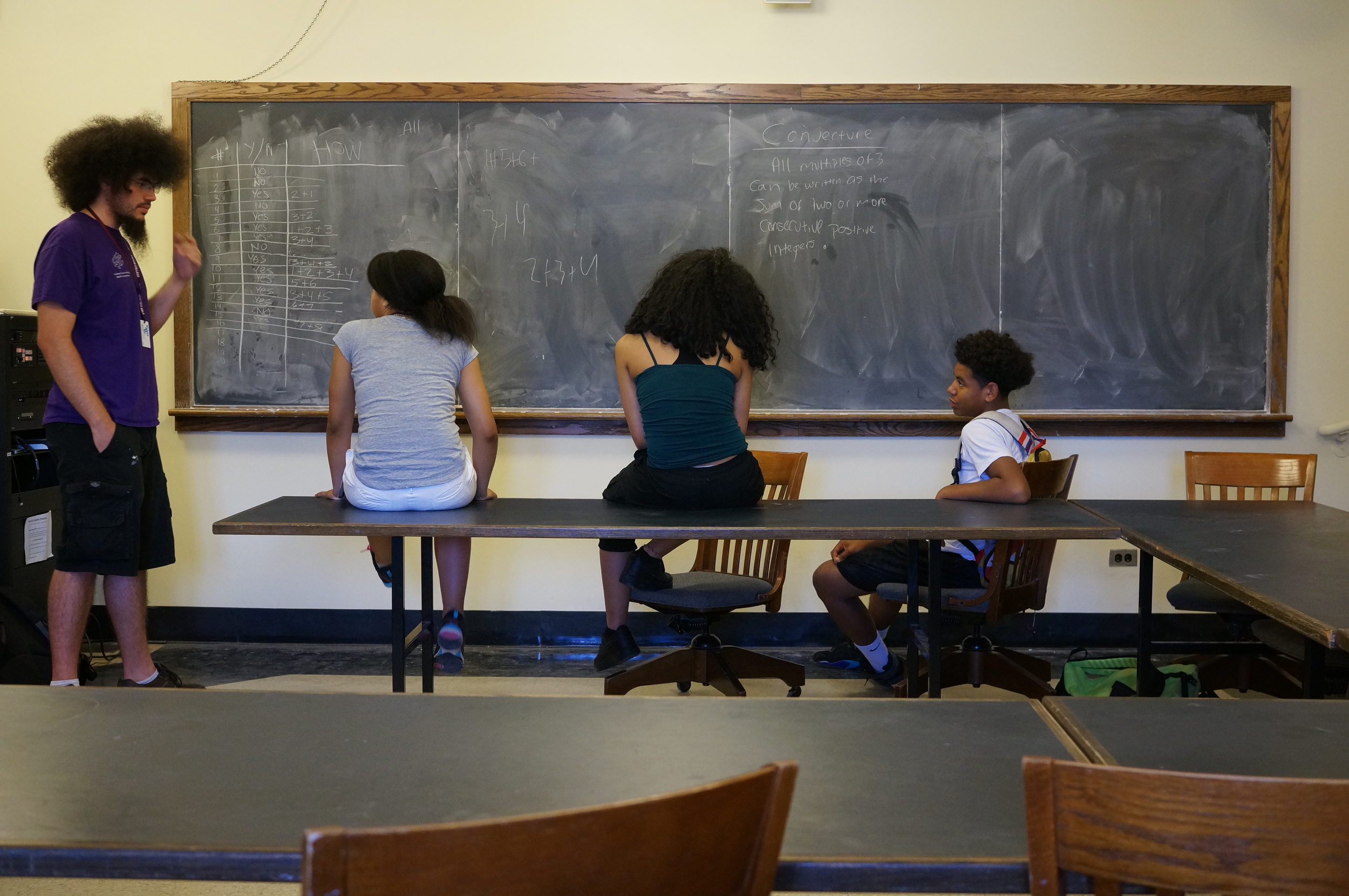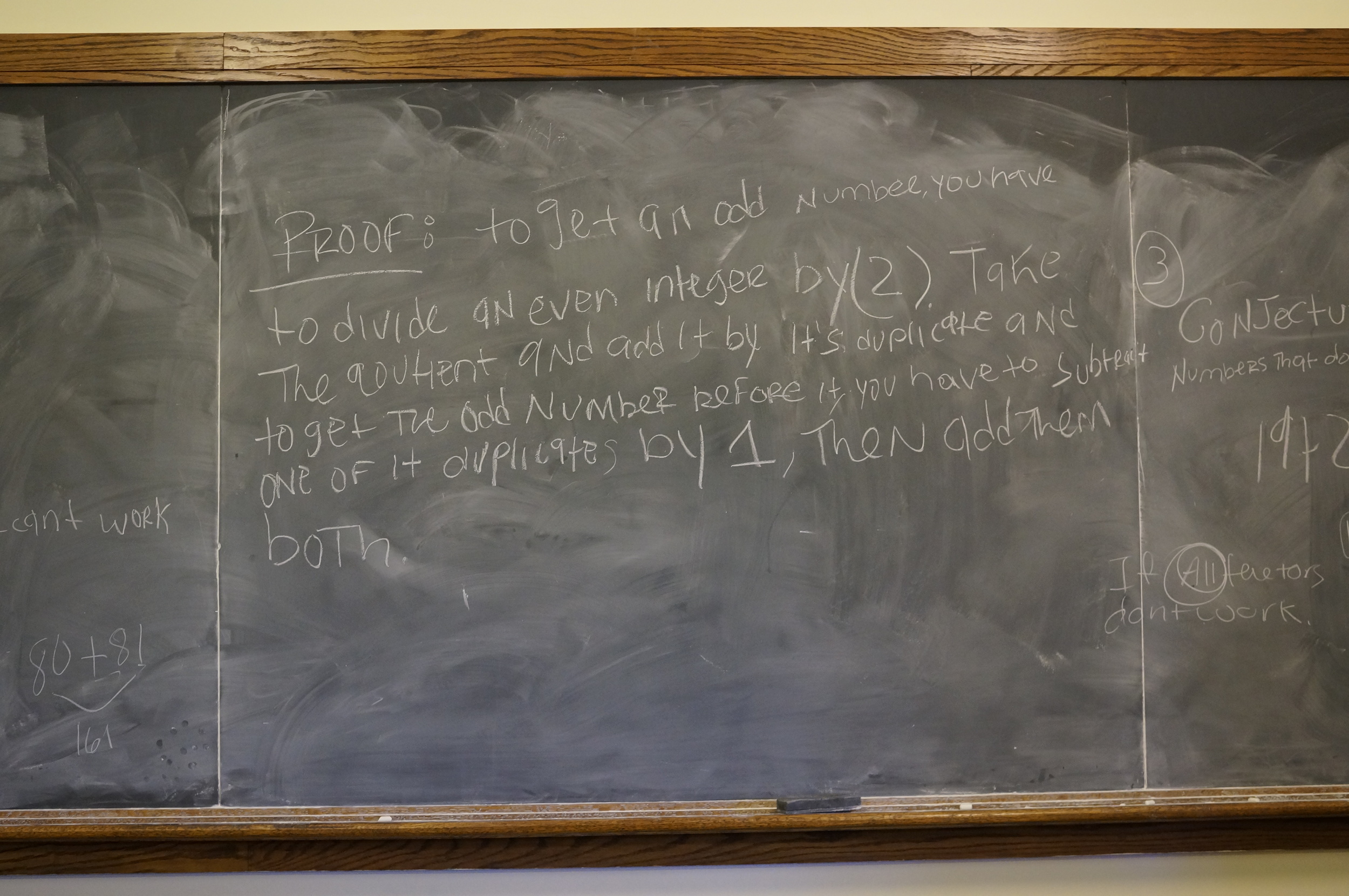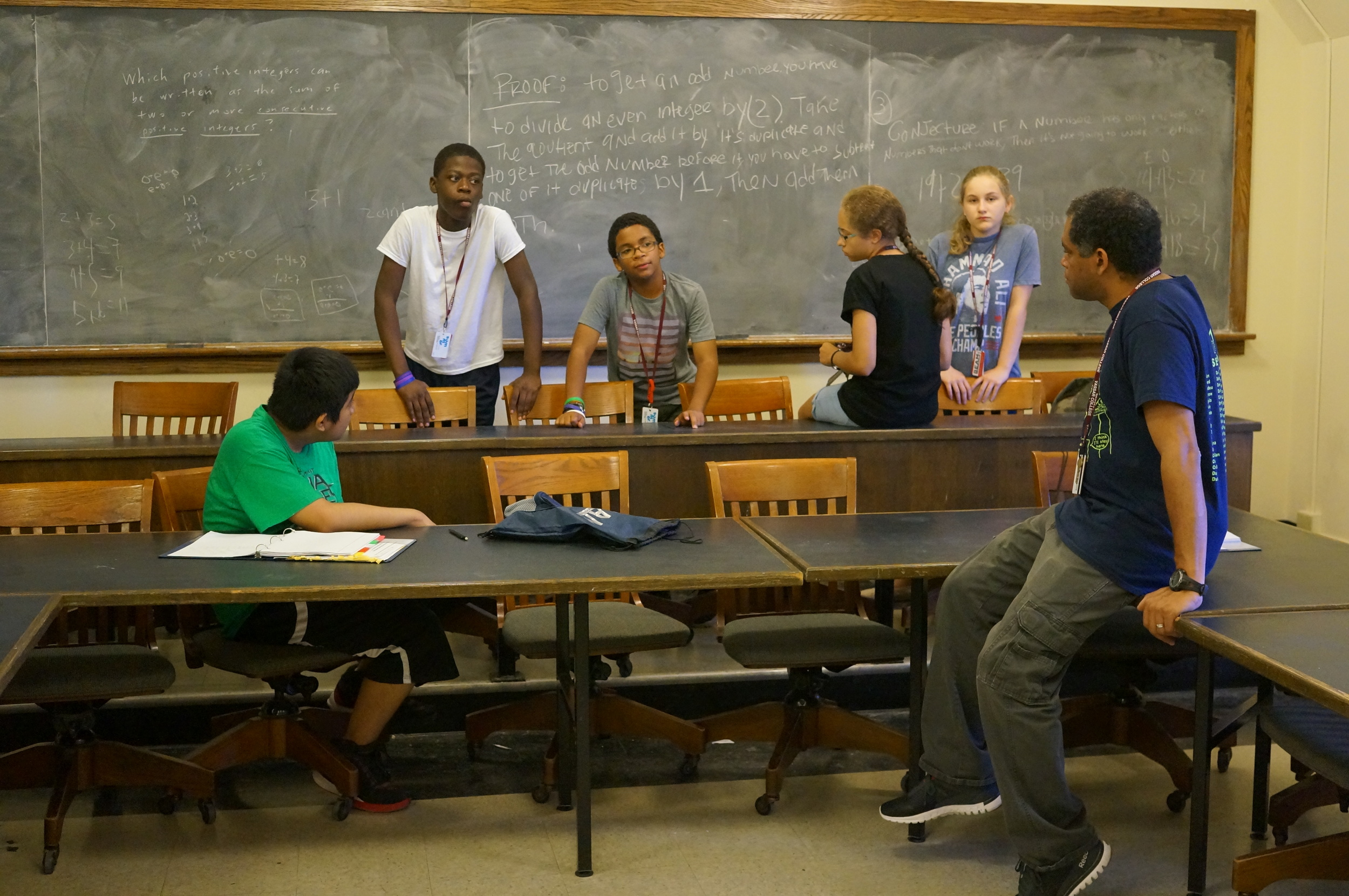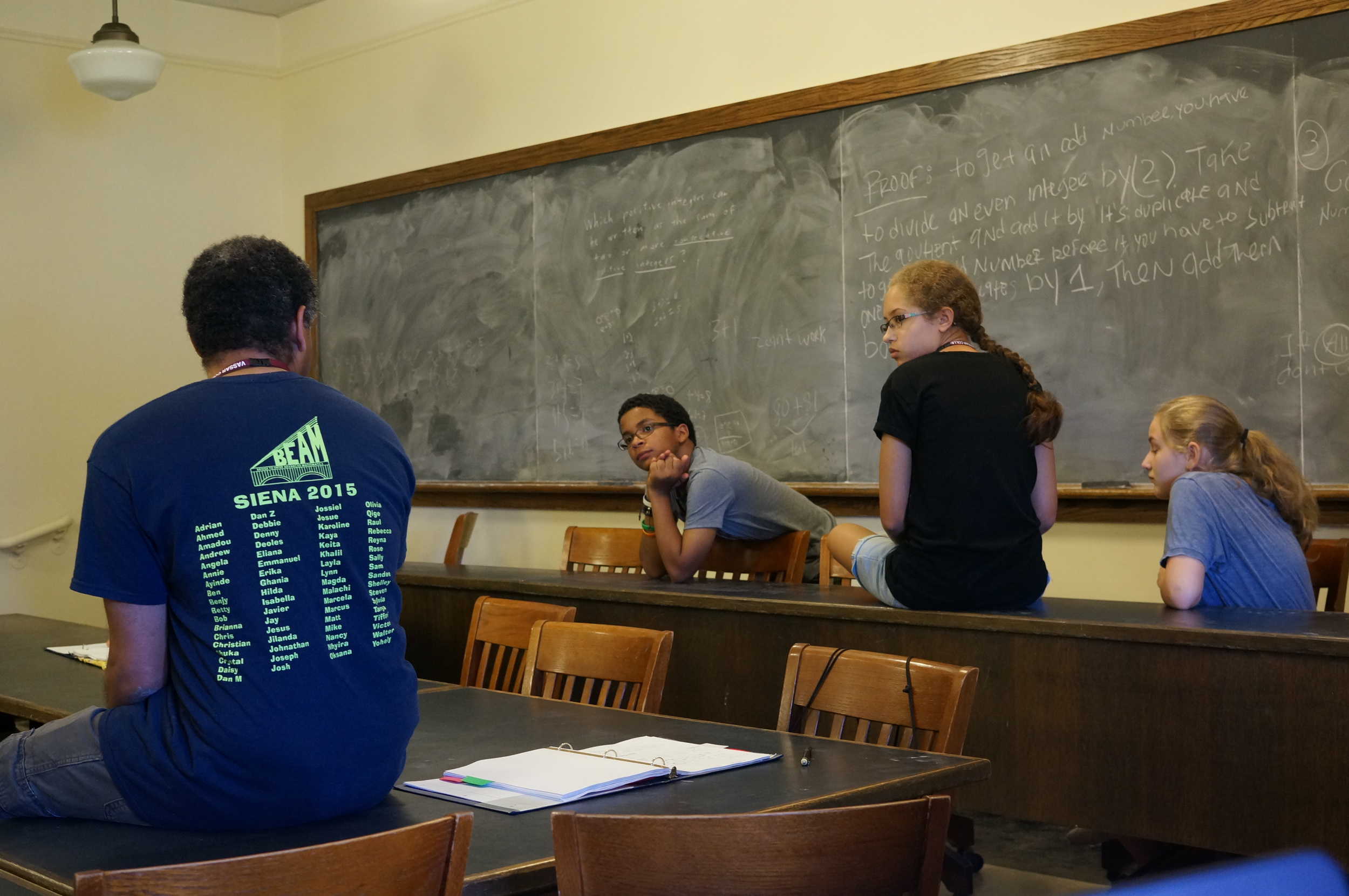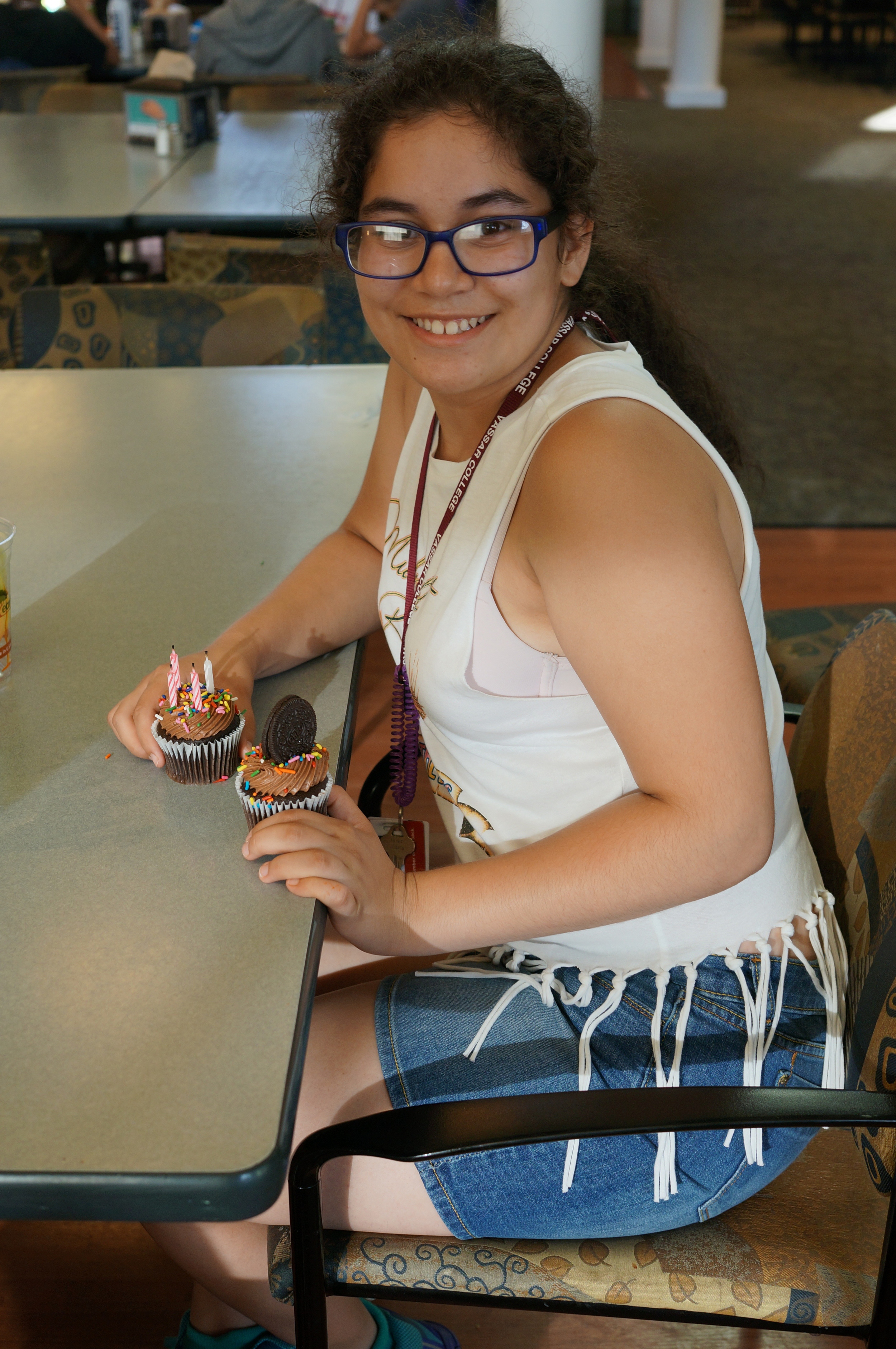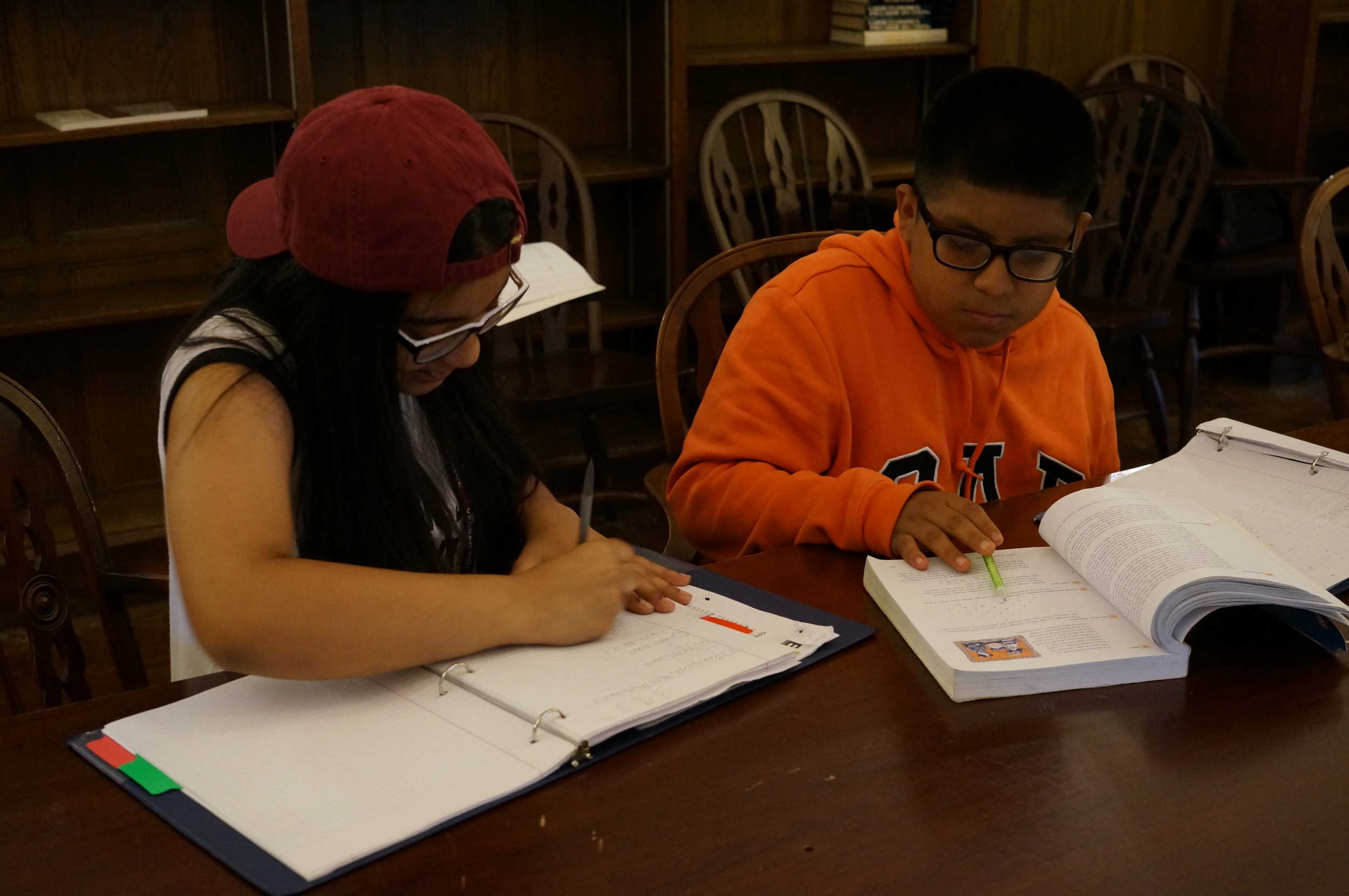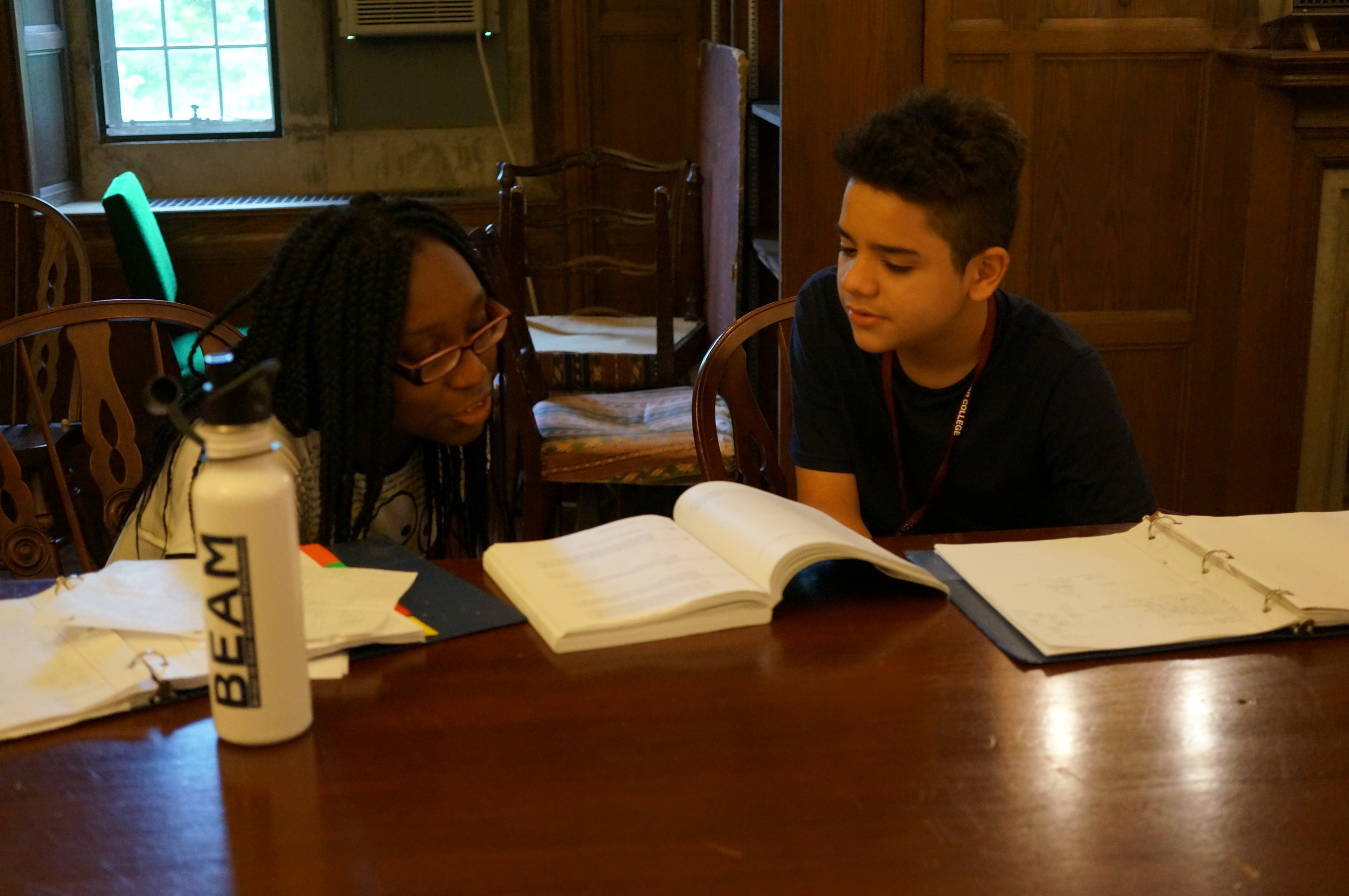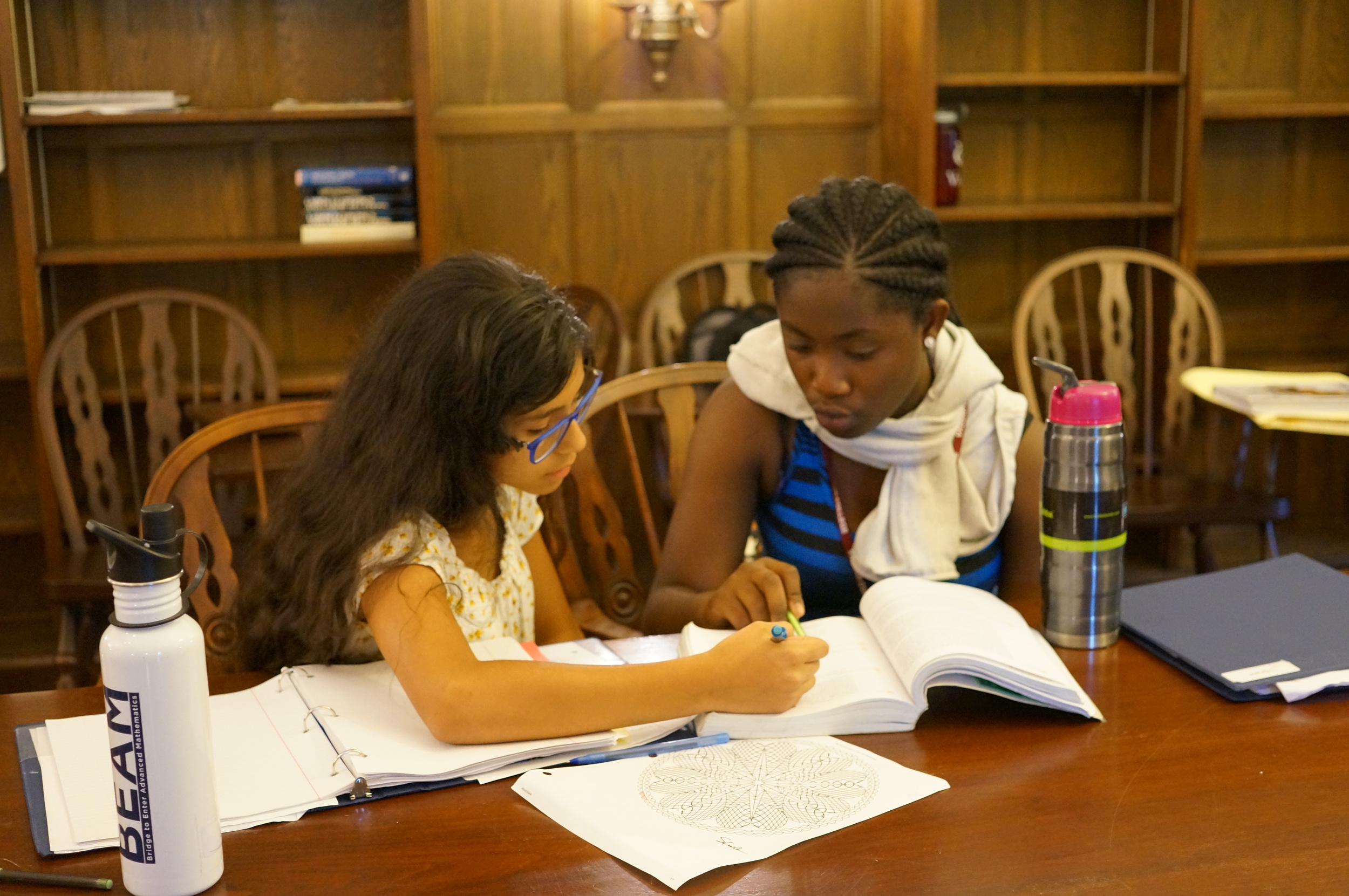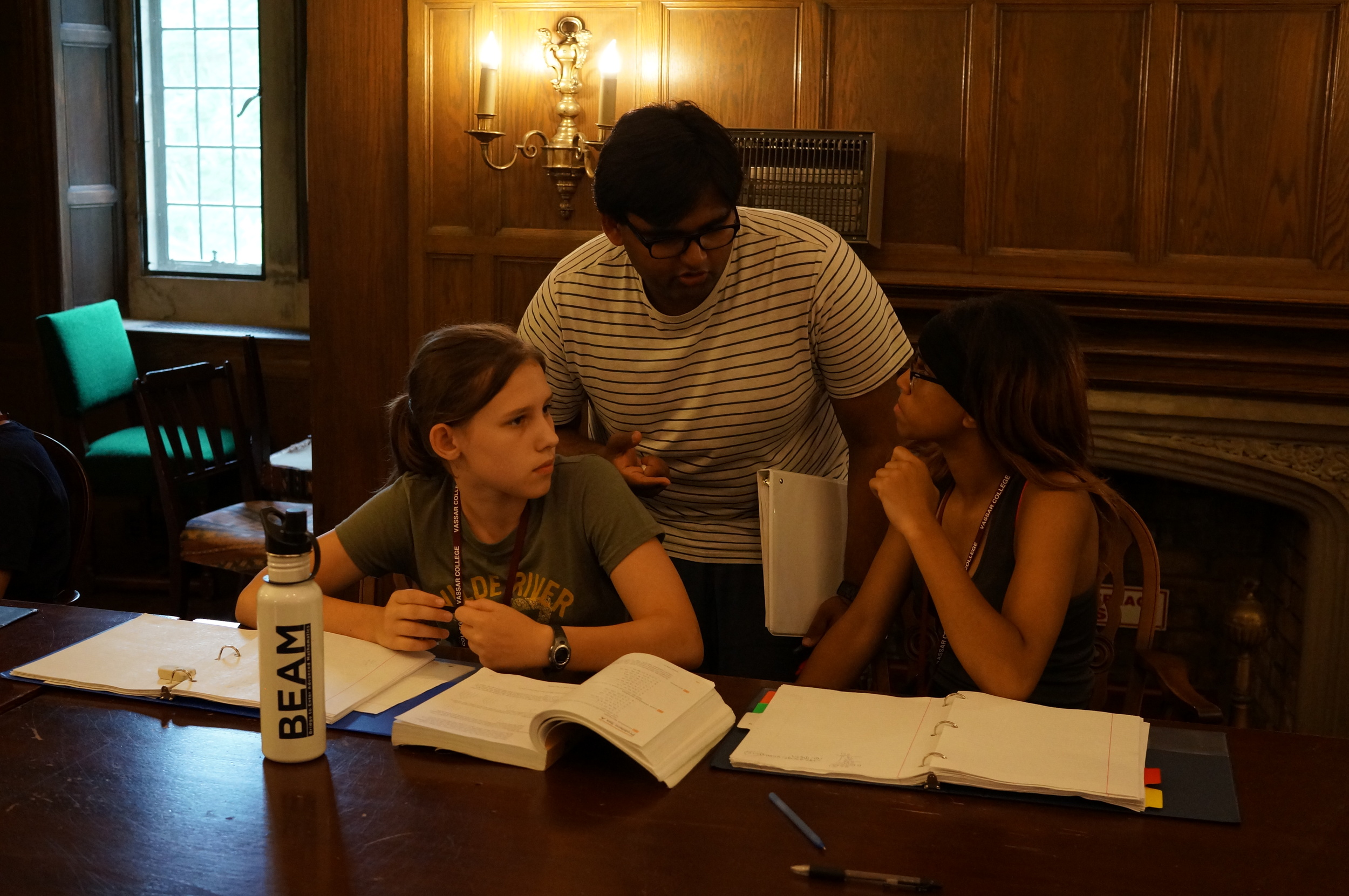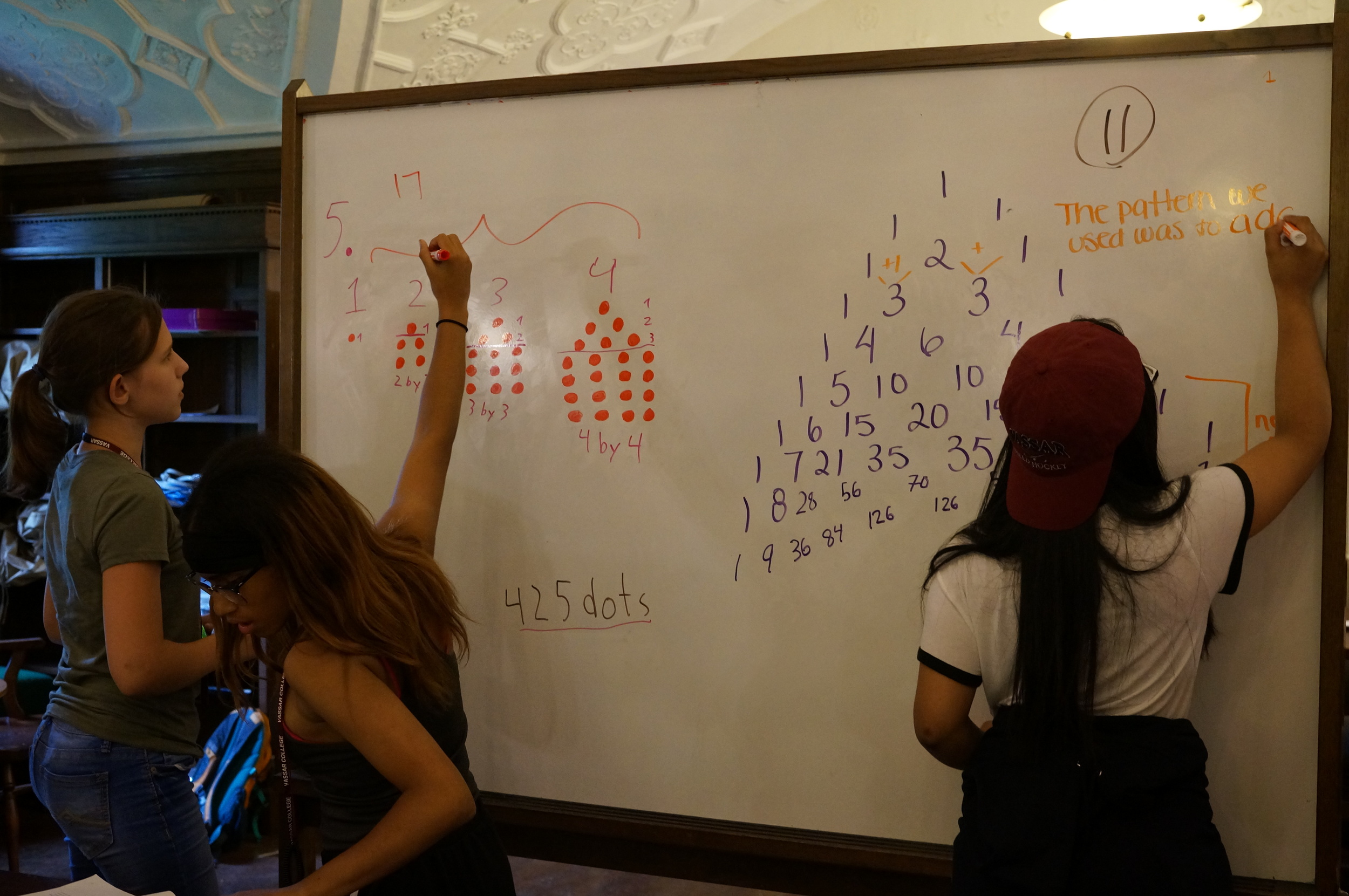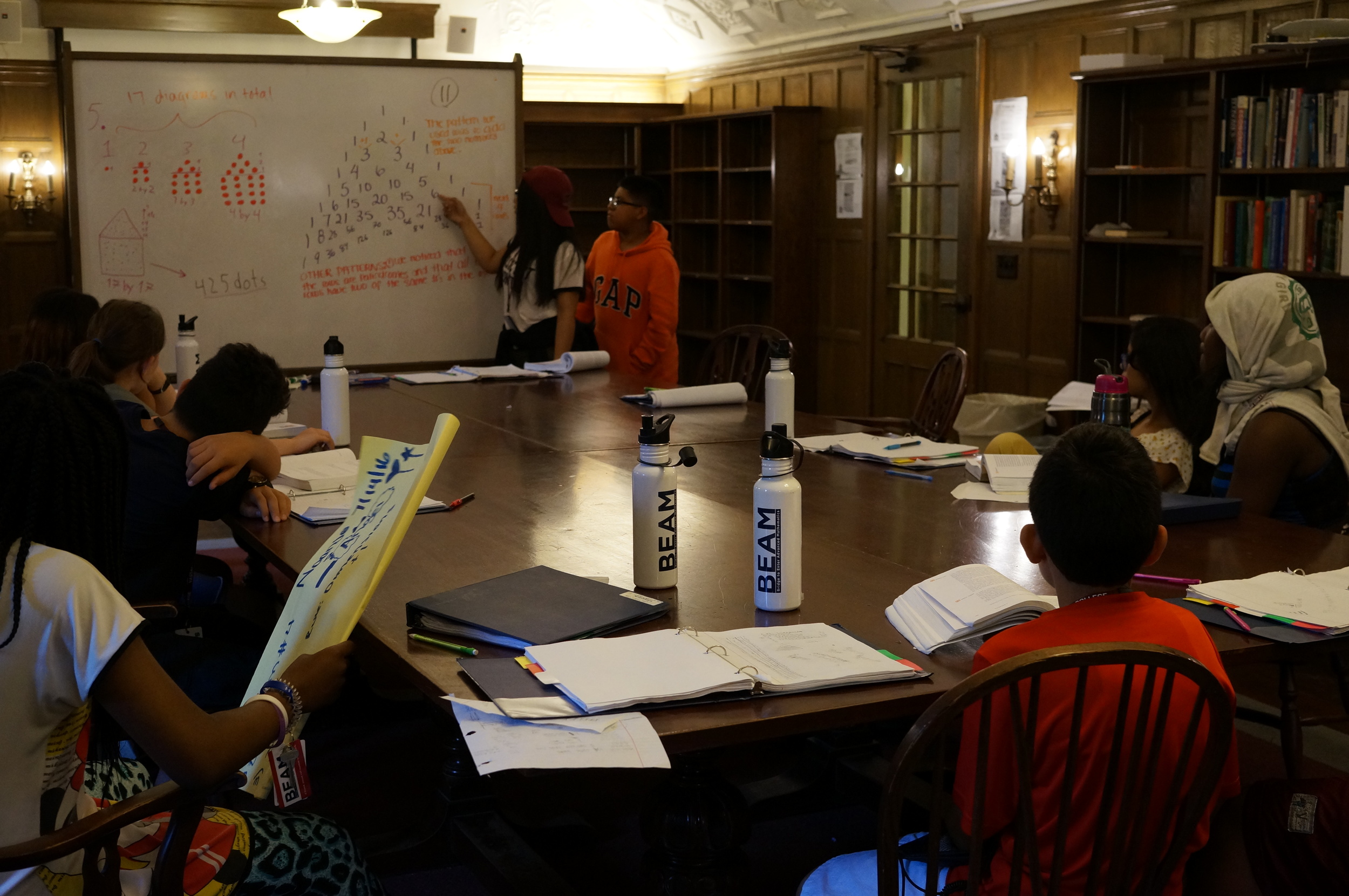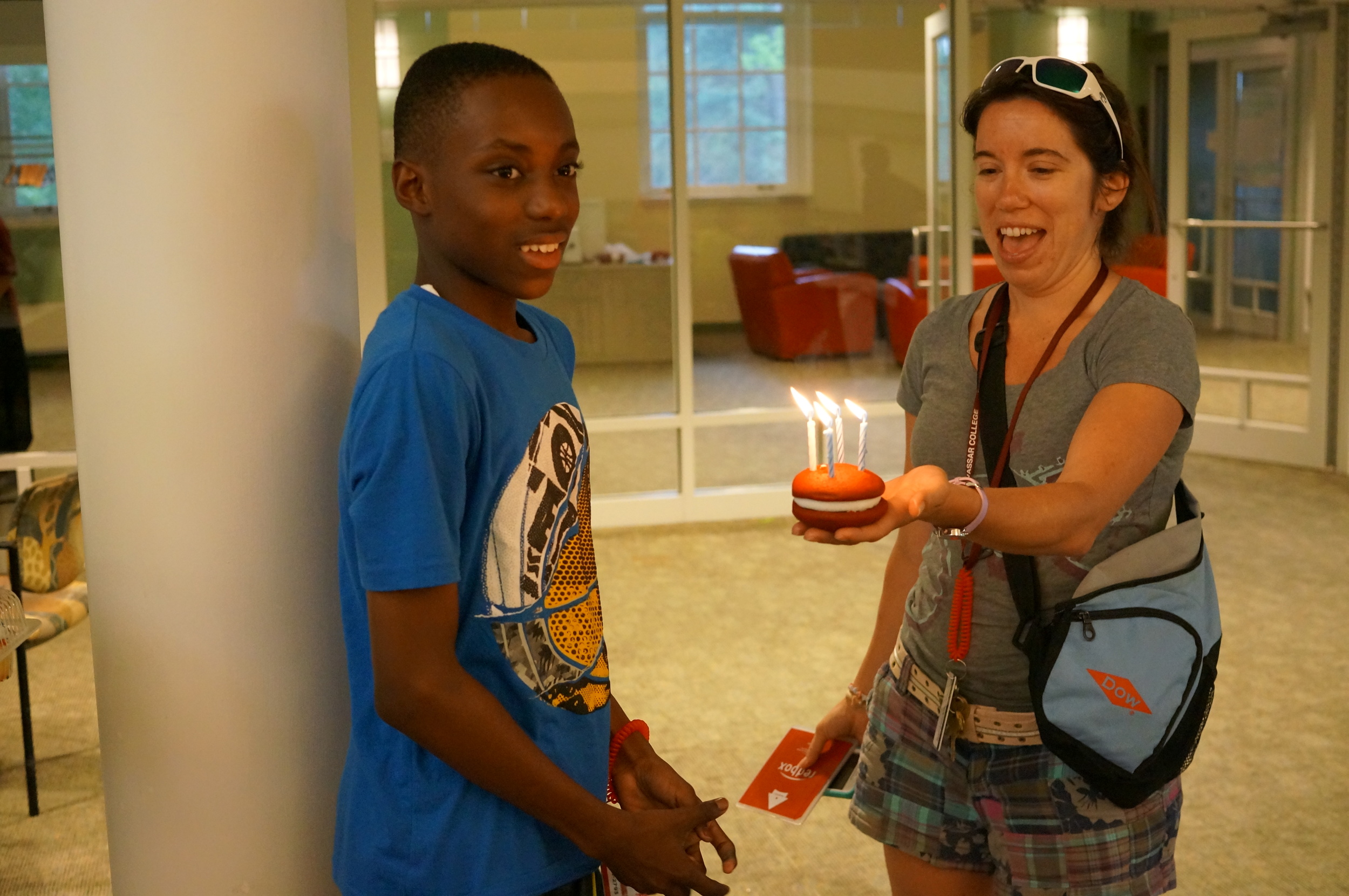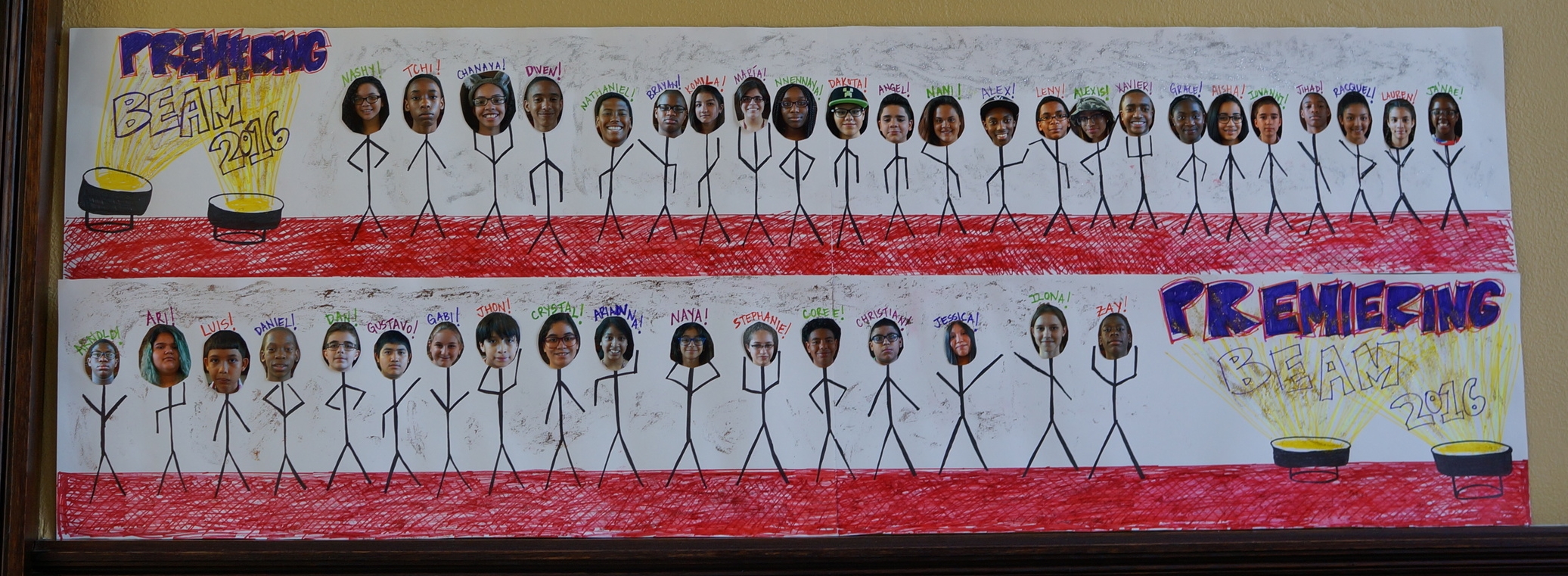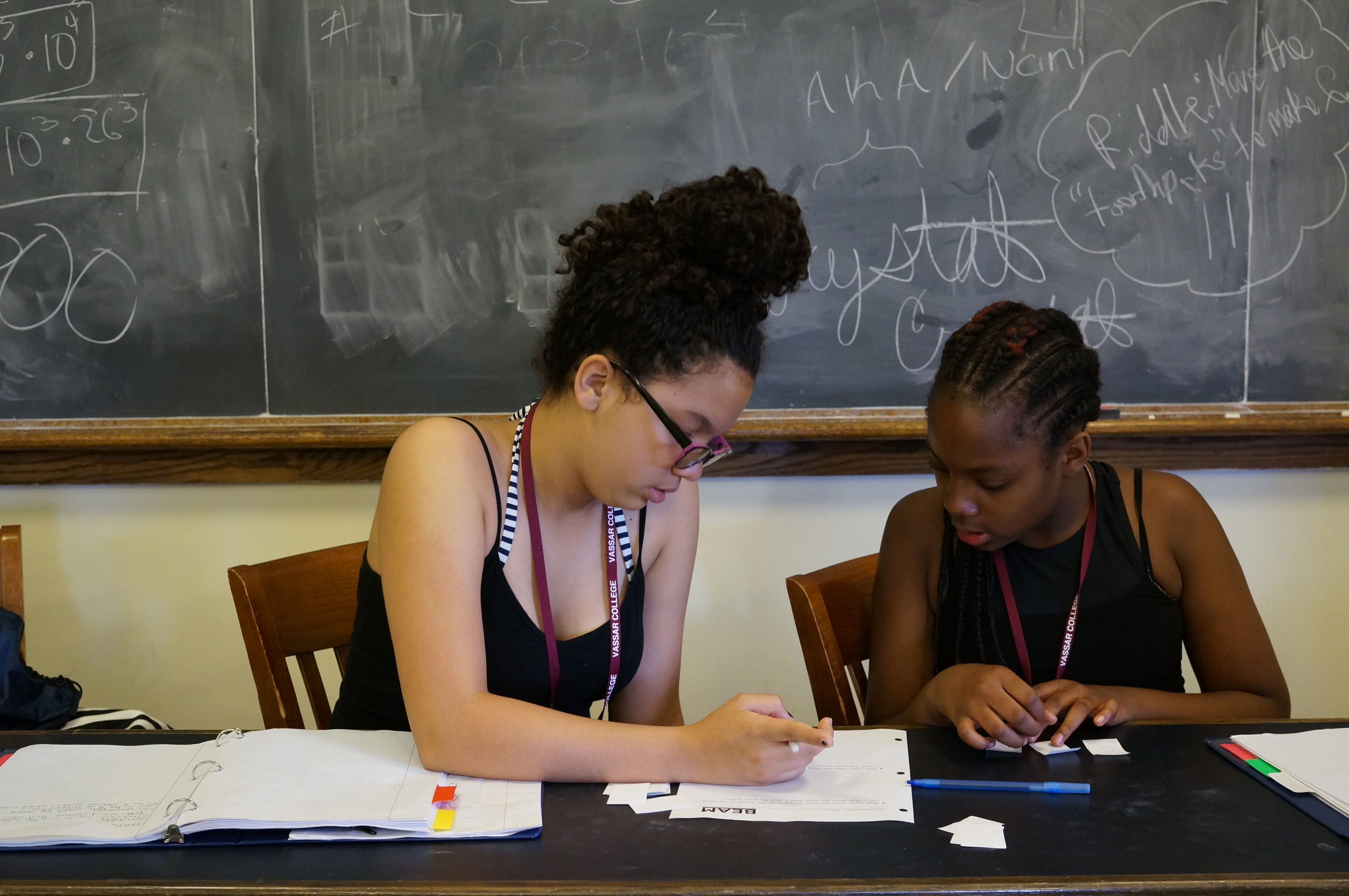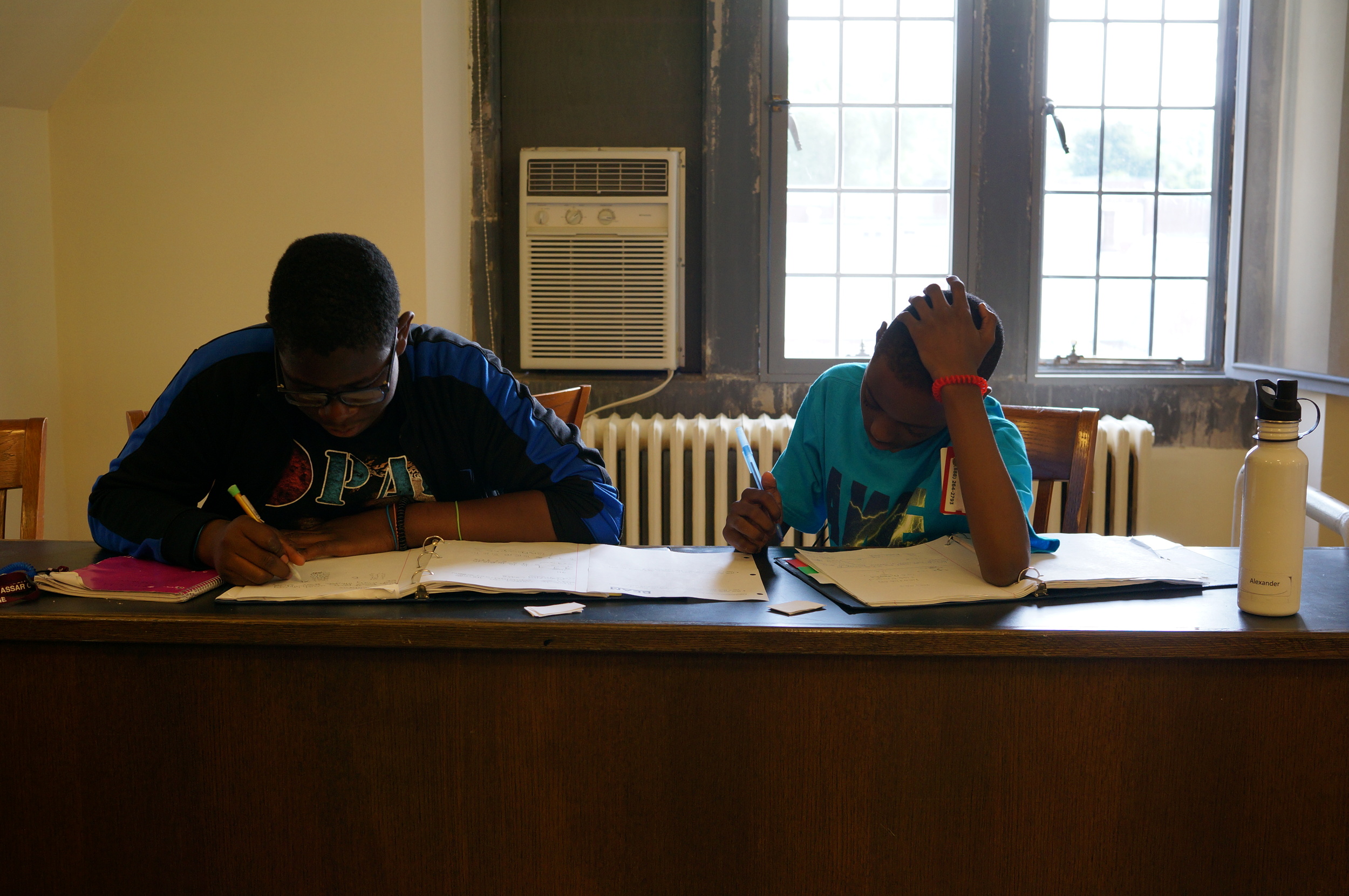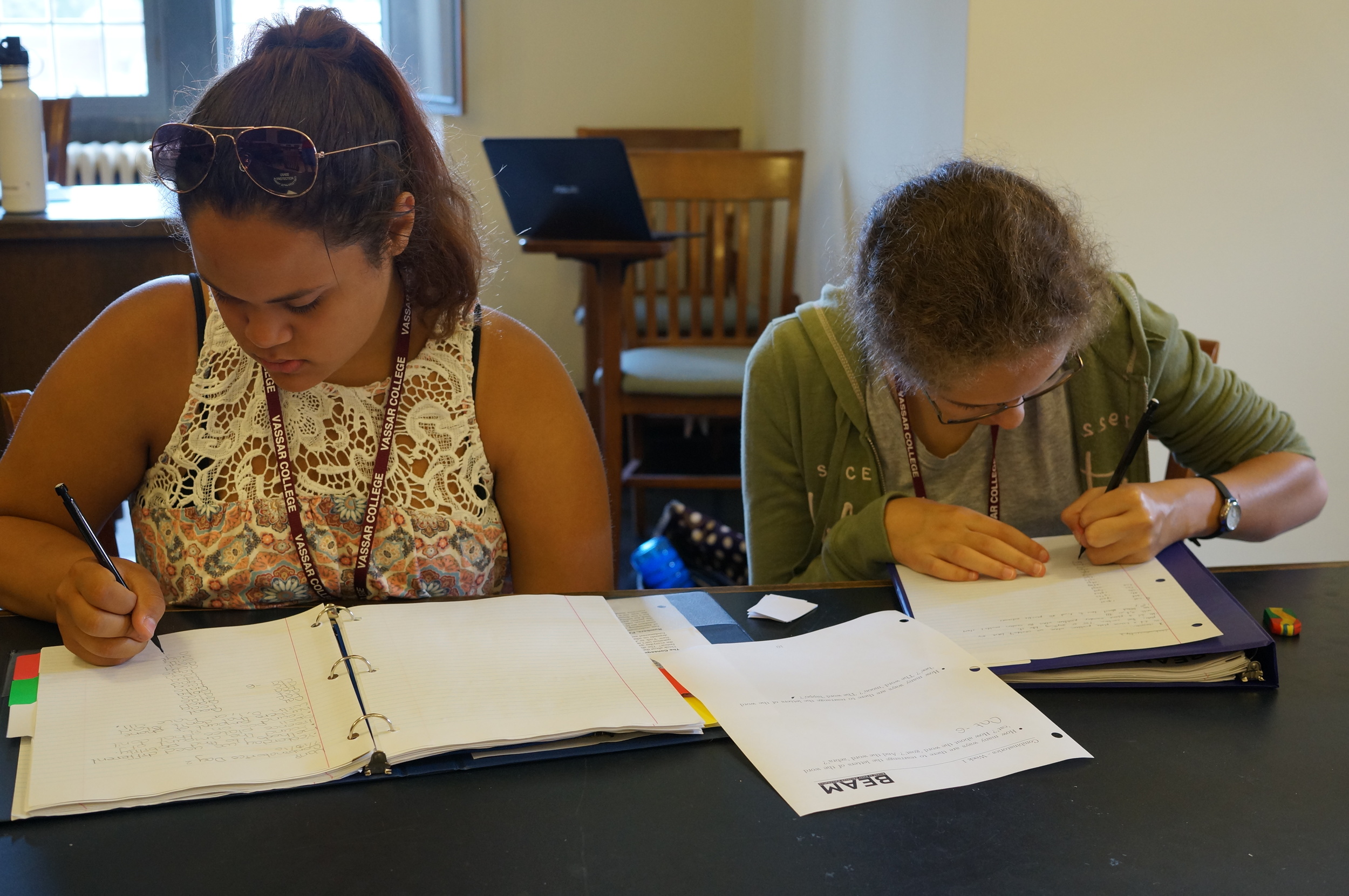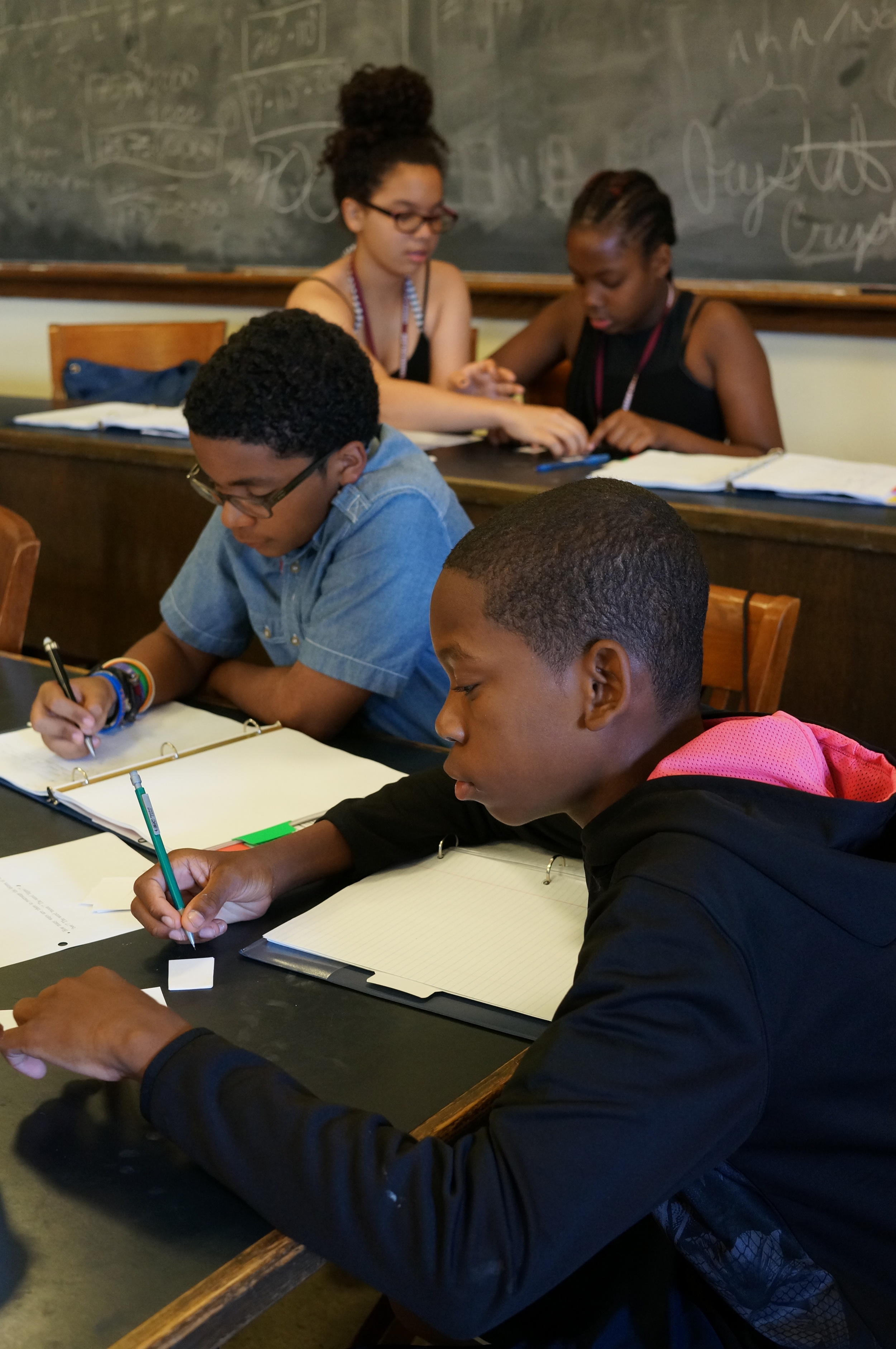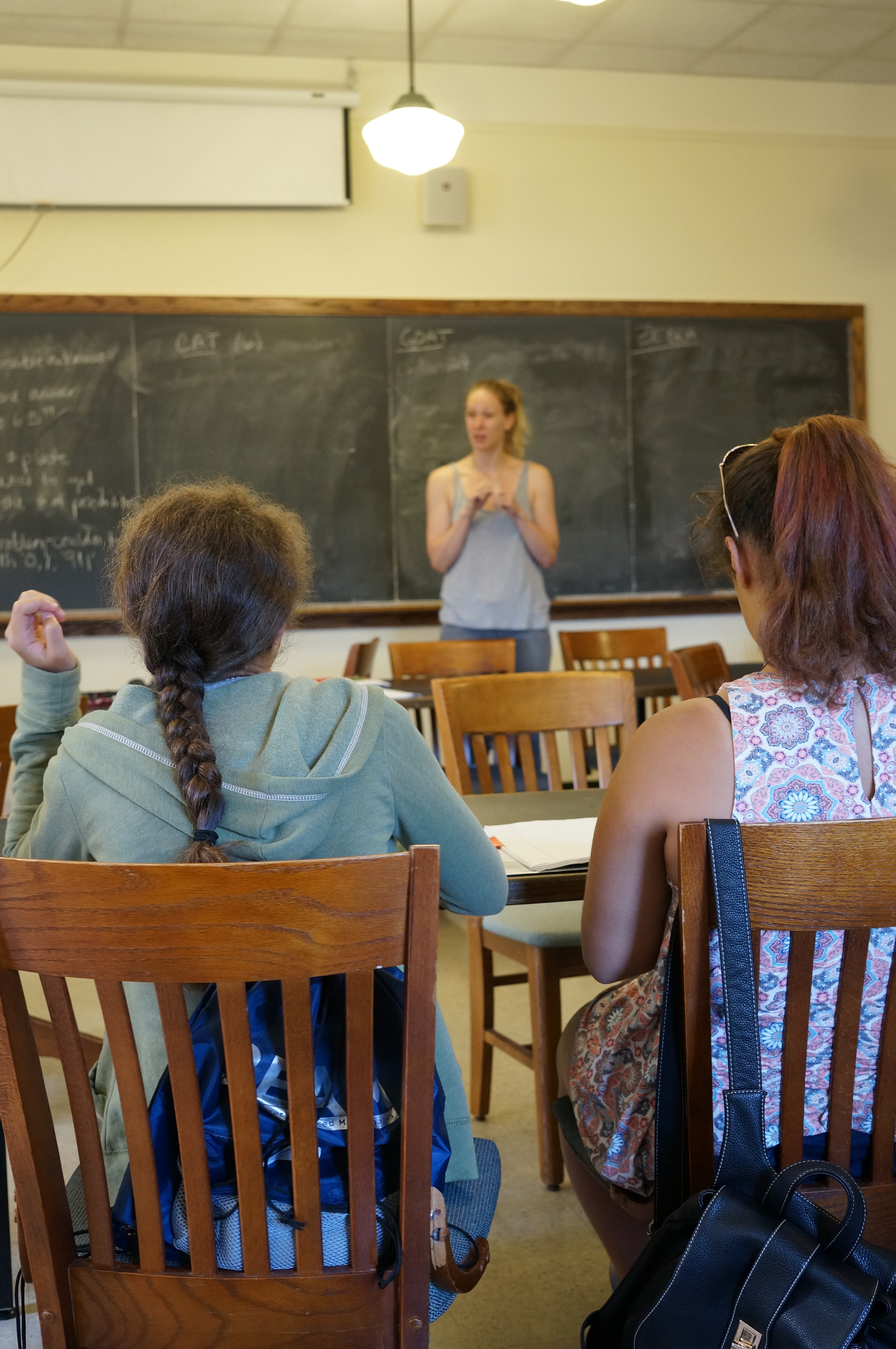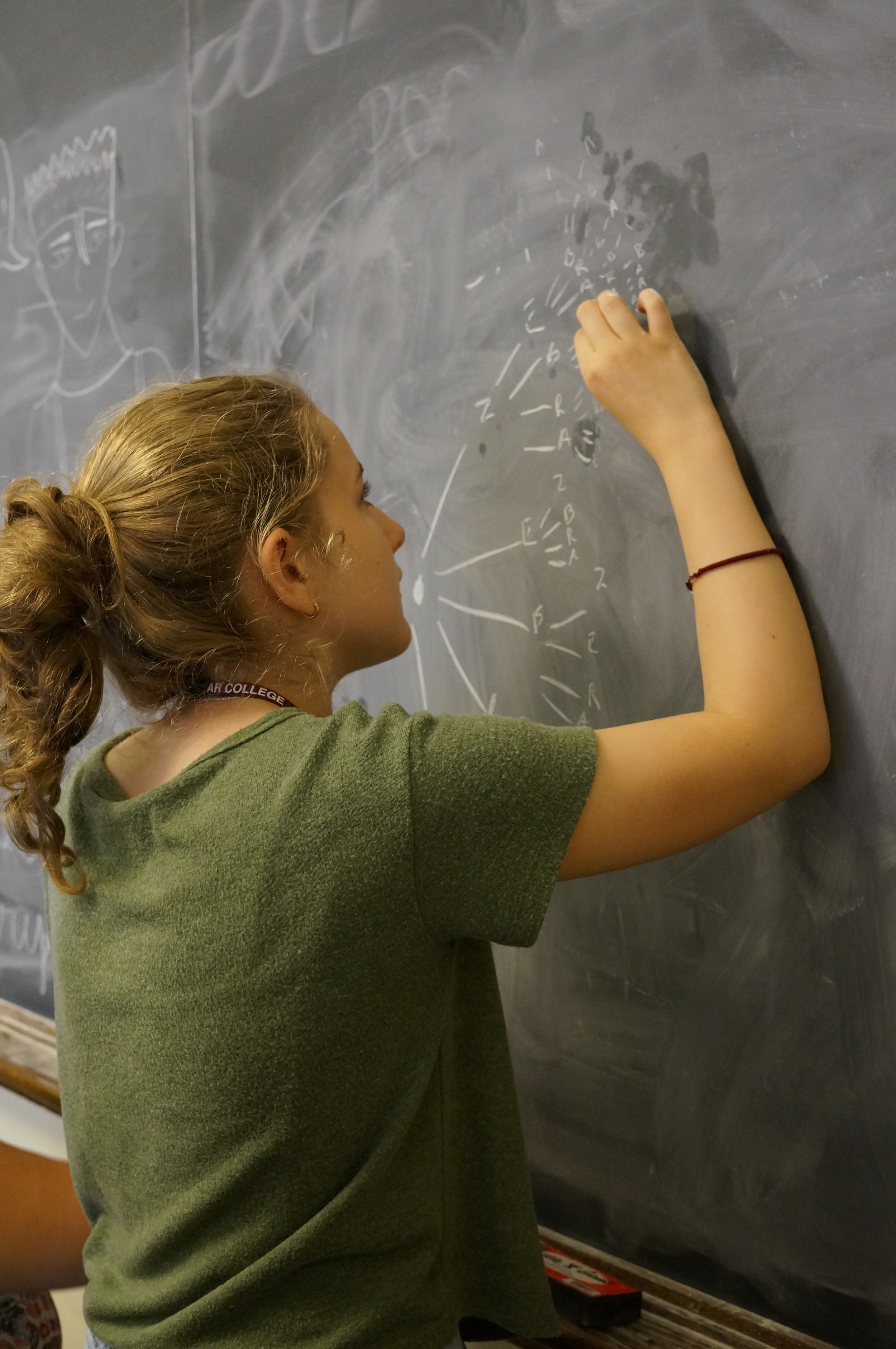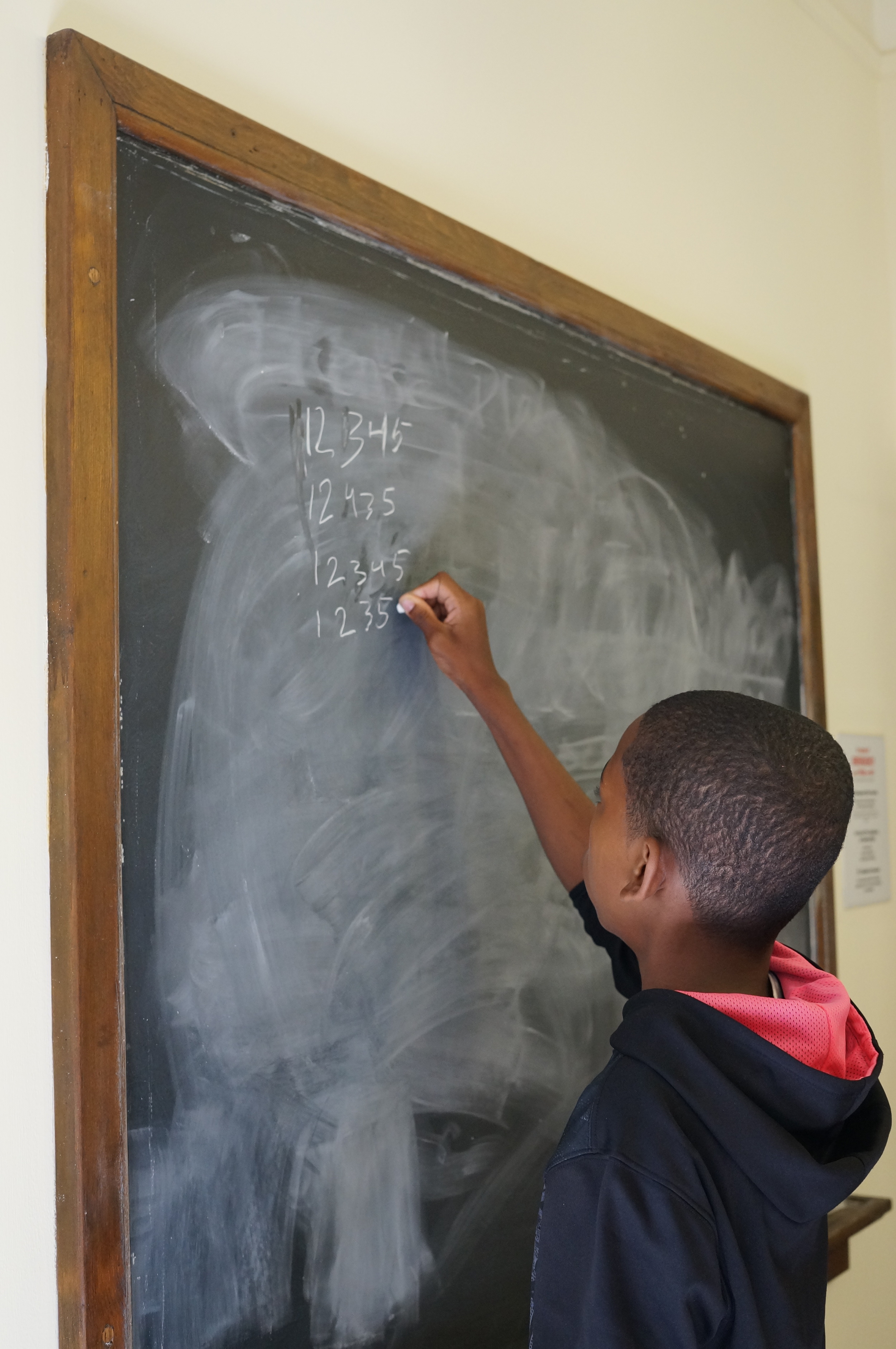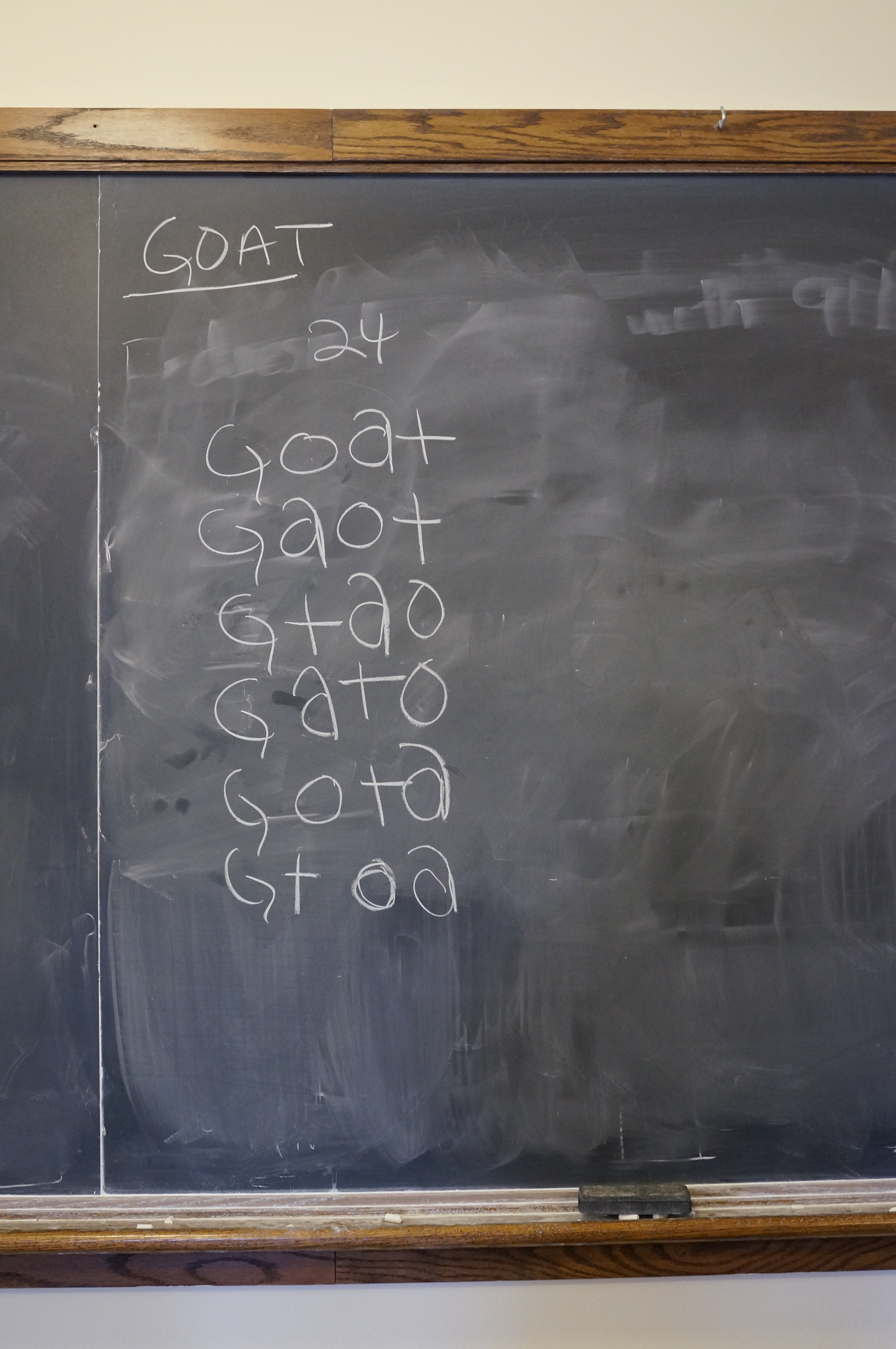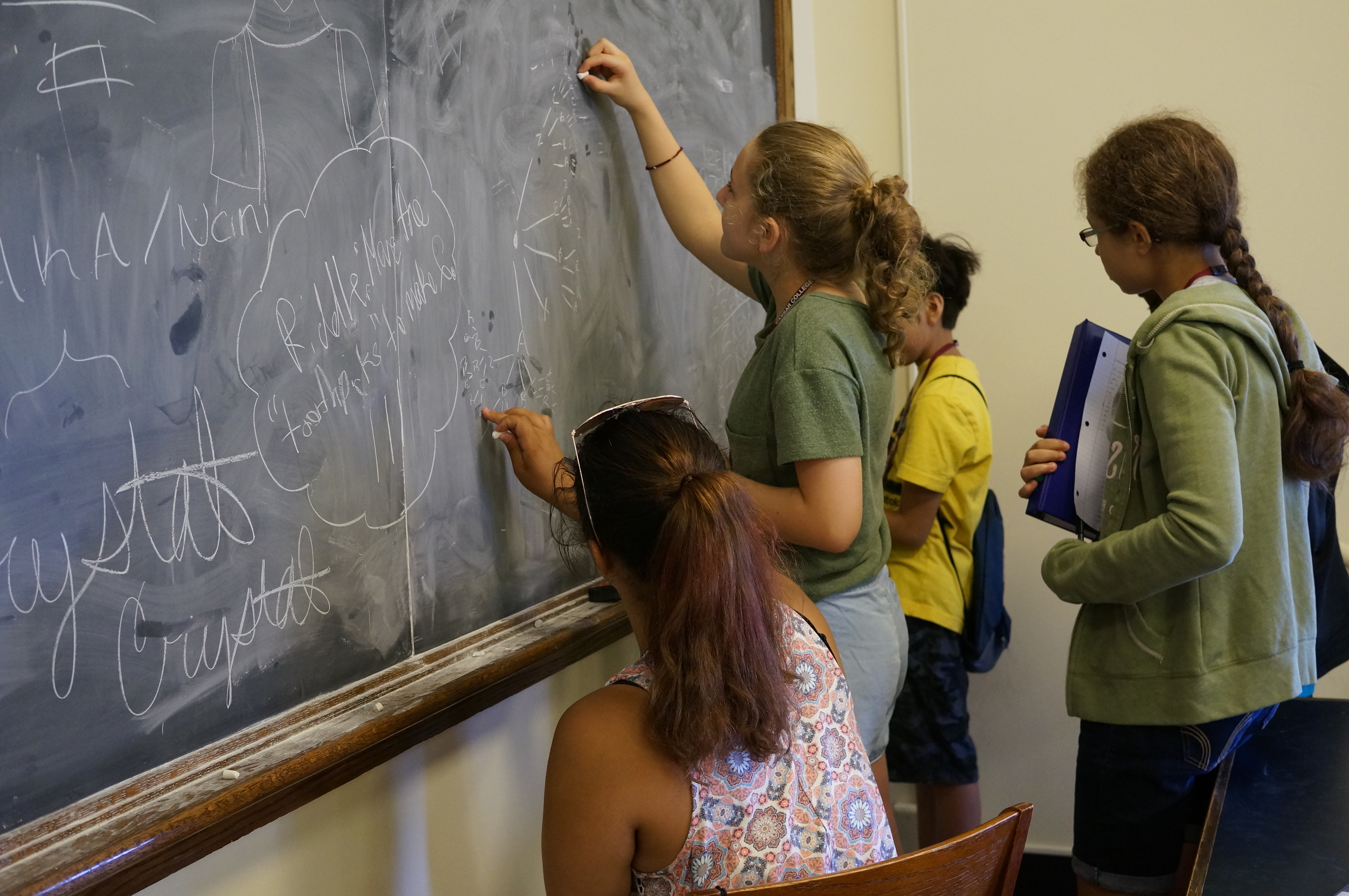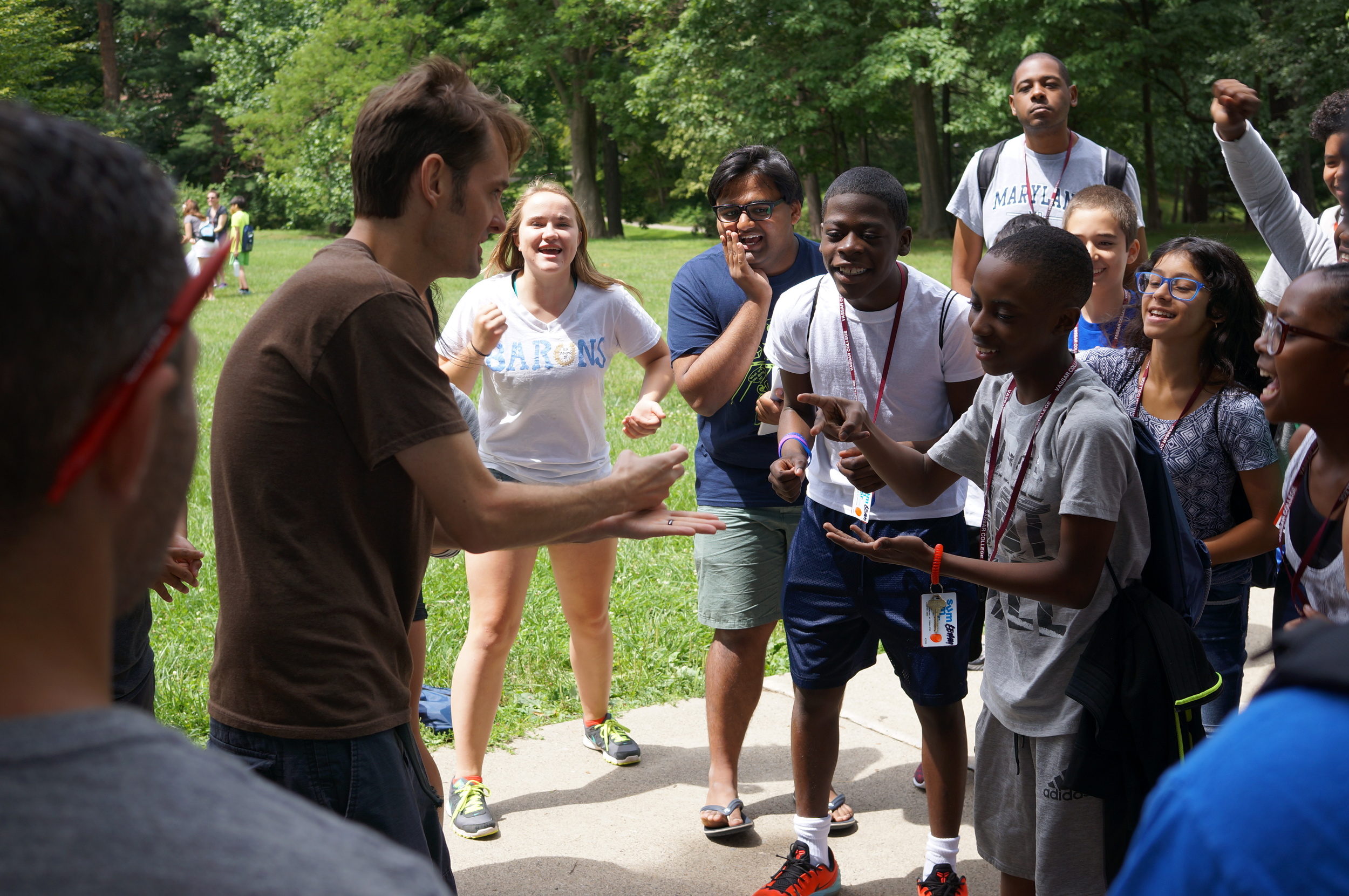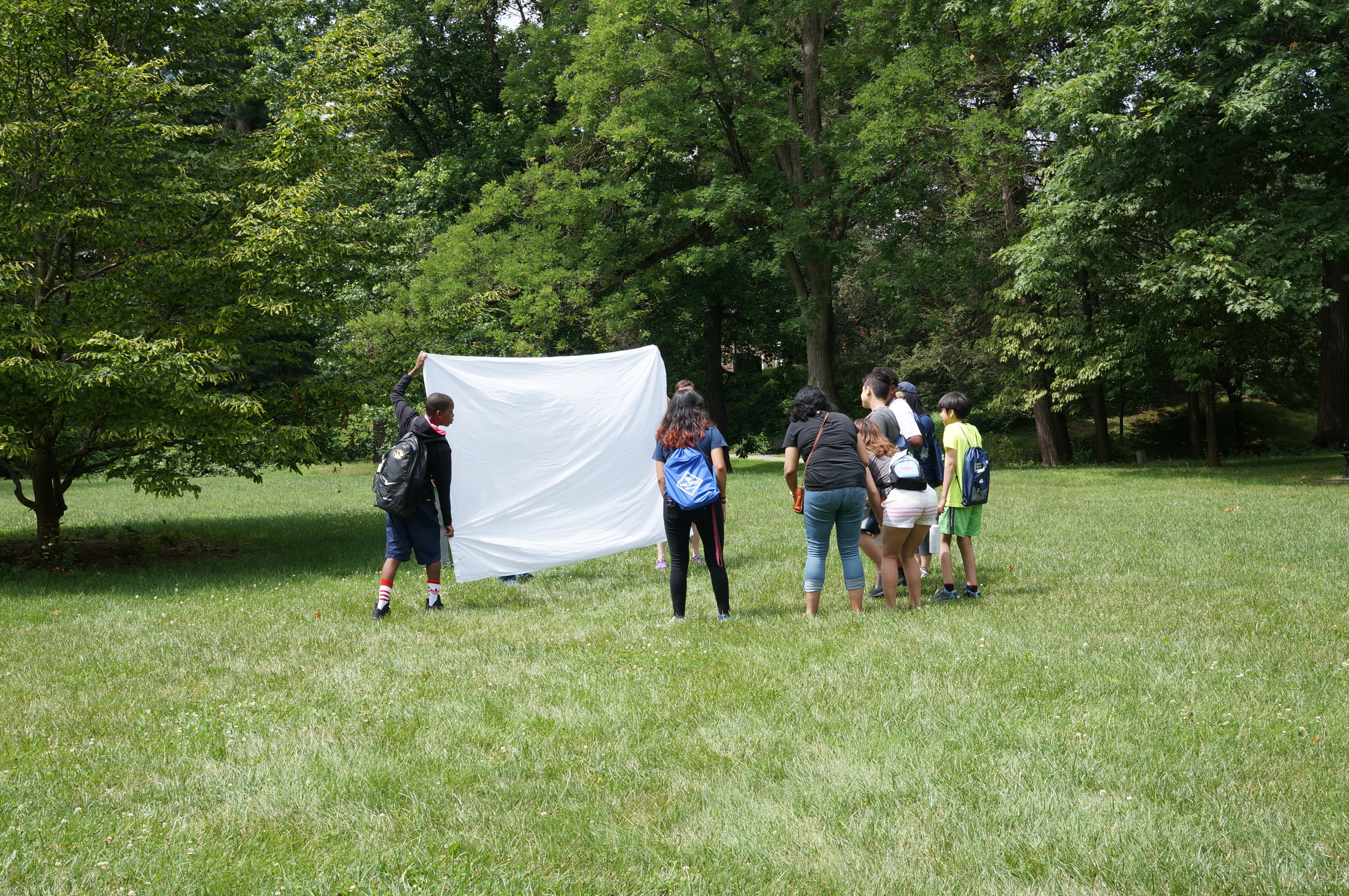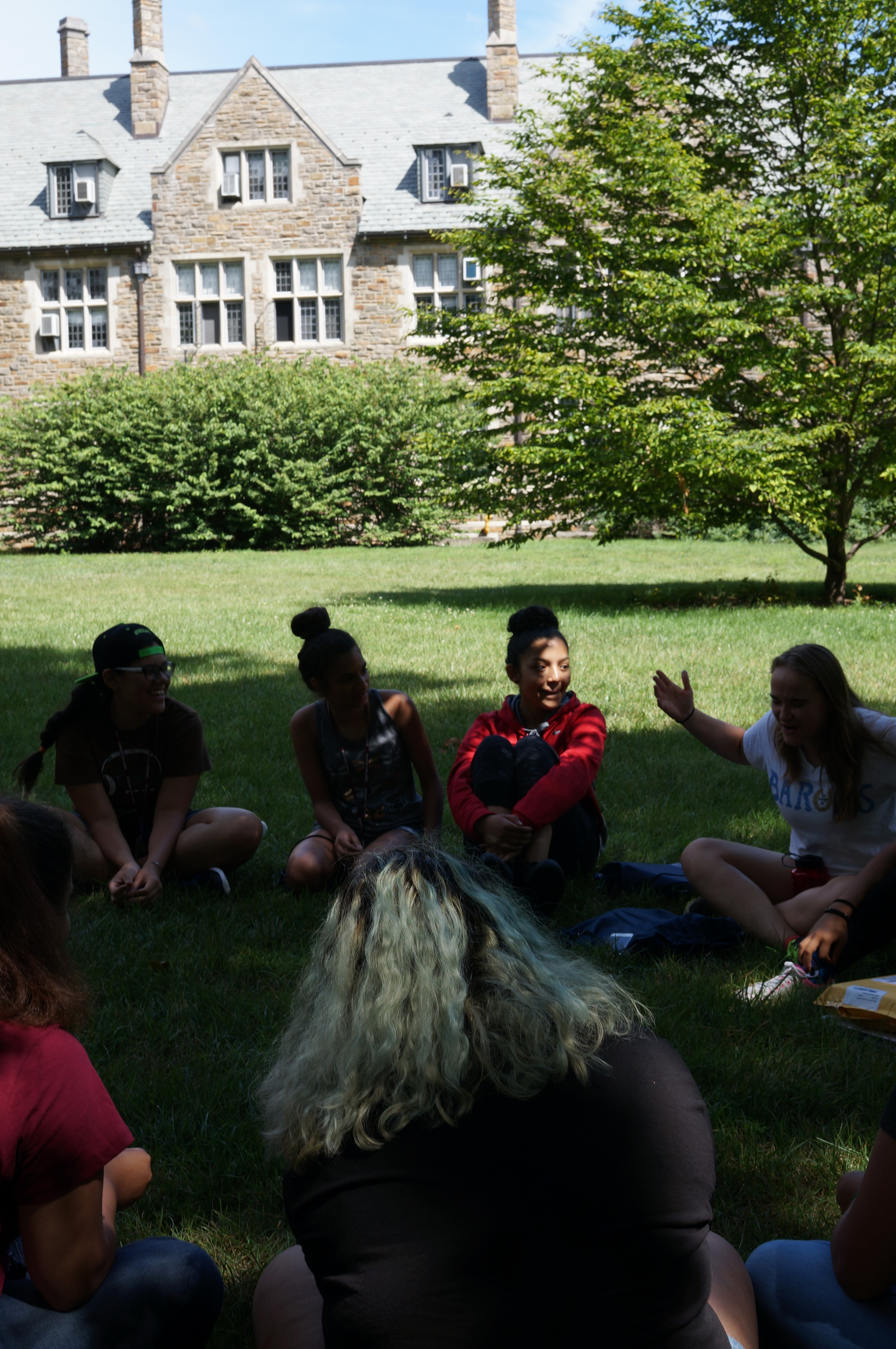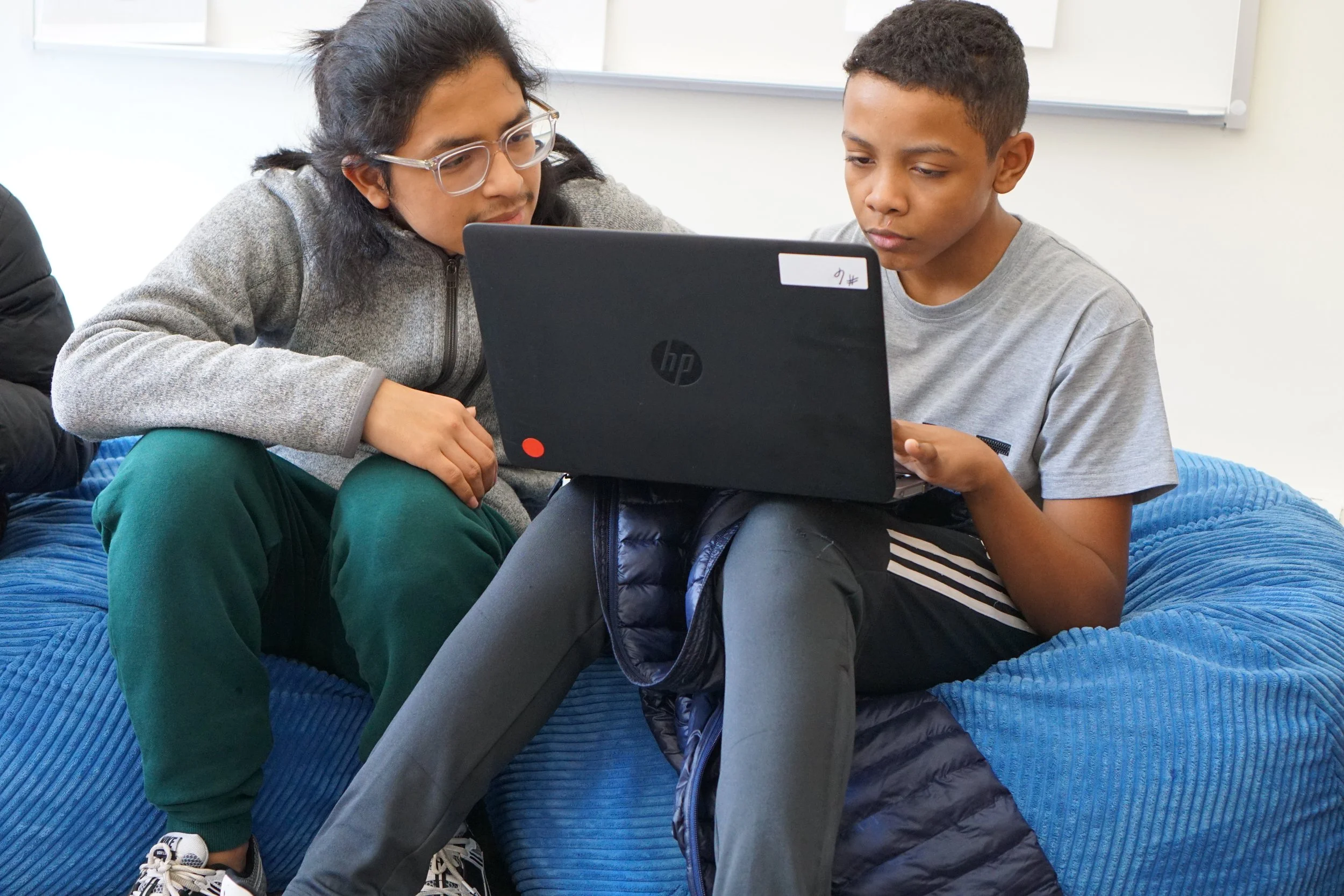
Welcome to the BEAM Blog!
Week 3 Class: Aerodynamics
This is a guest post by Matt Weber, our Math Team Strategies instructor.
I walk into Cory Colbert’s Aerodynamics class and find the students working on vector addition and subtraction, a topic not normally taught till 11th grade Pre-Calculus. A discussion among one group of three strikes me as highly representative of the BEAM attitude: a problem has asked them to “verify” a particular property of vectors, but one student, a veteran of the Proofs class from the first week, is not satisfied with the single numerical example they have used. We get into a discussion of the difference between verifying with a numerical example and truly proving something: since this class is geared more towards pragmatic applications, verification is enough—for now, anyway.
Cory is having the students work through several examples using both a geometric representation of the vector combinations on a graph, and a purely numerical approach. The point is to show that they have the same result, so that the students can feel comfortable using the “shortcut” of just adding or subtracting the vector components—even without a formal proof, it’s a robust way of making sure that at BEAM, no one is ever asked to accept something solely on the teacher’s say-so. This program gives teachers and students alike enough space and time not to rush, to become comfortable enough with one set of tools to be able to use them fluently in new situations.
Speaking of which: why is Cory teaching this particular topic? After the students reassemble from a short break, he reveals the reason, with a presentation on the relationship between vectors and forces. (“What’s a force?” Cory asks. “...I will accept at most one Star Wars reference.” A student quickly obliges by quipping that the answer is “Yoda.”) The class settles on the idea that forces cause objects to move.
There are two pairs of opposing forces acting on a plane in flight: lift versus gravity, thrust versus drag. He starts with a discussion of gravity, neatly dodging a potential derailment about whether or not the “theory of gravity” has actually been “proven.” And this is why they need to understand vectors, to represent these four forces. A student question gets at the heart of the matter: “How does it generate lift if the propellers are on the side?”
A brief discussion ensues, covering space travel, escape velocity, aerodynamics, and related matters. One student mentions that it takes much less fuel to get from orbit around the Earth to the Moon, than it did simply to leave Earth and get into orbit around it. Cory says that by the end of the class, they will be able to explain why. But the immediate next topic is to understand why a box resting on a table doesn’t move, if the force of gravity is the only force acting on it. This is a surprisingly subtle question, since we don’t normally think of tables as exerting an upward force—but they do! Meanwhile, Cory’s provocative questions lead the students to, in essence, figure out Newton’s Laws of Motion for themselves, at least in a qualitative sense. After vectors, these Laws are the crucial next waypoint in their flight of discovery.
Six Flags!
It's everyone's favorite field trip! On Monday, July 25, the whole BEAM team headed to Six Flags New England for a day of roller coasters, bumper cars, and shopping for super hero capes! After a full (and hot!) day at the park, we headed to Friendly's for dinner and then back to campus. Here are some favorite photos of the day:
At the Water Park
On Monday, July 18, the whole group (Vassar and Bard students, too!) went to Splashdown Beach for a fun water park day (even if it was shortened by the rain!). Here are some photos of our day!
Weeks 1/2: Solving Big Problems
As mentioned earlier, all BEAM students study problem solving throughout the program. Beyond Math Team Strategies, the other option is Solving Big Problems: working on the same problem for 2+ hours and really working to understand it.
In today's class, students investigated the following problem:
Which positive integers can be written as the sum of consecutive integers?
Students had a number of early conjectures, including:
- All odd integers have this property.
- If a given number is composed only of factors without this property, then that number also won't be possible to write as the sum of consecutive integers (so, if 4 = 1 * 2 * 2 and 1 and 2 are impossible, 4 is also impossible).
The class was quickly able to prove the first conjecture, and then spent the next 2 hours working on the second. Can you figure it out?
Another Happy Birthday!
On Tuesday, it was Crystal's turn! She turned 13, so we celebrated with her favorite: chocolate cupcakes and Oreo's. Happy birthday, Crystal!
Week 1/2 Class: Math Team Strategies
How do strong mathematicians think? How do they work? That's the goal of our problem solving classes at BEAM!
At the beginning of the program, students got to choose between Solving Big Problems and Math Team Strategies. In Math Team Strategies, the goal is to prepare for math competitions, like MATHCOUNTS, the AMC 8, or Purple Comet. Math competitions and math teams praise clever, efficient thinking, finding solutions and shortcuts that save time and still make mathematical sense!
In class, students were working on problems like the following one, combining their knowledge of geometry and number theory:
And here are the students hard at work, trying to break the problem down and explain their solution.
Happy Birthday, Alex!
We take birthdays seriously at BEAM! On Saturday, we wished a happy 13th birthday to Alex and celebrated with his favorite flavor -- red velvet whoopie pies! Happy birthday, Alex!
Week 1 Classes: Combinatorics
Can you answer these problems?
In combinatorics, students learn to count without counting. Sure, you can count all the ways to make a word re-arranging the letters in the word cat. But can you count all the ways to do it with goat? Zebra? Monkey? In this class, students learn clever ways to account for every answer, without under or over counting. Nice work, students!
Icebreakers at Vassar
How do you start math camp? With getting to know you games!
At Vassar, our students played the following:
- A rock, paper, scissors tournament
- Human Bingo
- Who's that? (a game where team members represent their team, a sheet is dropped, and you have to name the other person first)
- Buzz (a math game about counting and multiples) and we then made it even harder by playing Fizz Buzz!
- Human Knot
- What's behind the green glass door?
Here's some photos of them getting to know each other!

















